Introduction
Hot on the heels of our review of the Laowa 10-18mm, we now take a look at another ultra wide-angle proposal from the company, the Laowa 15mm F2 FE Zero-D.
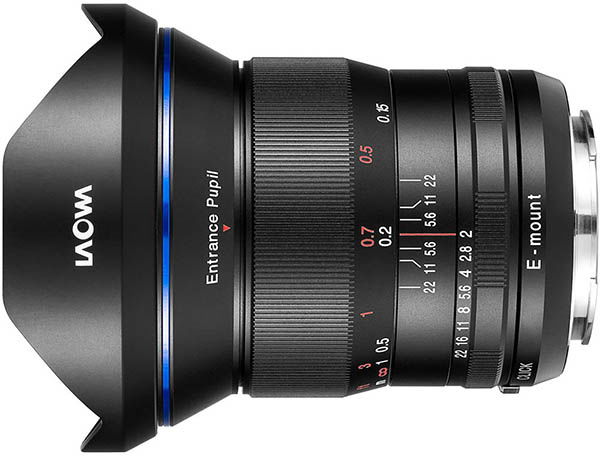
With a less ambitious focal length, but with a much wider aperture, the Laowa 15mm is likely to appeal to a lot of people. It offers a uniquely fast maximum aperture, Laowa’s renowned distortion control and a solid metal body compatible with full frame.
In this in-depth review, we will take a look at all the technical and artistic parameters which help to define a lens. Read on to find out everything there is to know about the Laowa 15mm F2 FE Zero-D!
Table of Contents[Hide][Show]
Specifications
| Lens Name | Laowa 15mm F2 FE Zero-D |
| Optical formula | 12 elements in 9 groups |
| Image circle | Full frame |
| Field of view diagonal | FF: 110° APS-C: 86° |
| Aperture range | F2/F22 |
| Aperture blades | 9, curved |
| Aperture ring | Yes |
| Max magnification | 0.25x |
| Minimum focus distance | 150mm |
| Internal focus | Yes |
| Filter thread diameter | 72mm |
| Lens cap | Plastic, clip-on |
| Lens hood | Removable petal-shaped |
| Diameter x Length (collapsed) | 66 x 82 mm (2.6 x 3.2 in) |
| Weight | 500 g (17.6 oz) |
| Price (US MSRP) | $849 |
Construction and Handling
In this section, we take a look at the physical characteristics of the Laowa 15mm.
Front Element
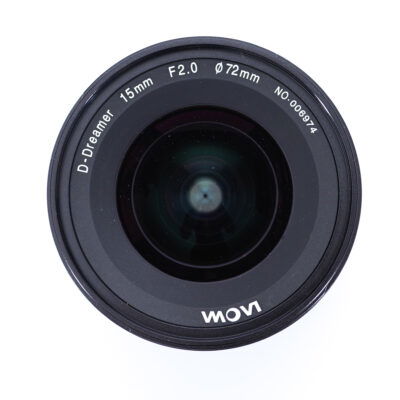
The front of the lens bears the lens’s name and serial number. It also features the label “D-Dreamer”.
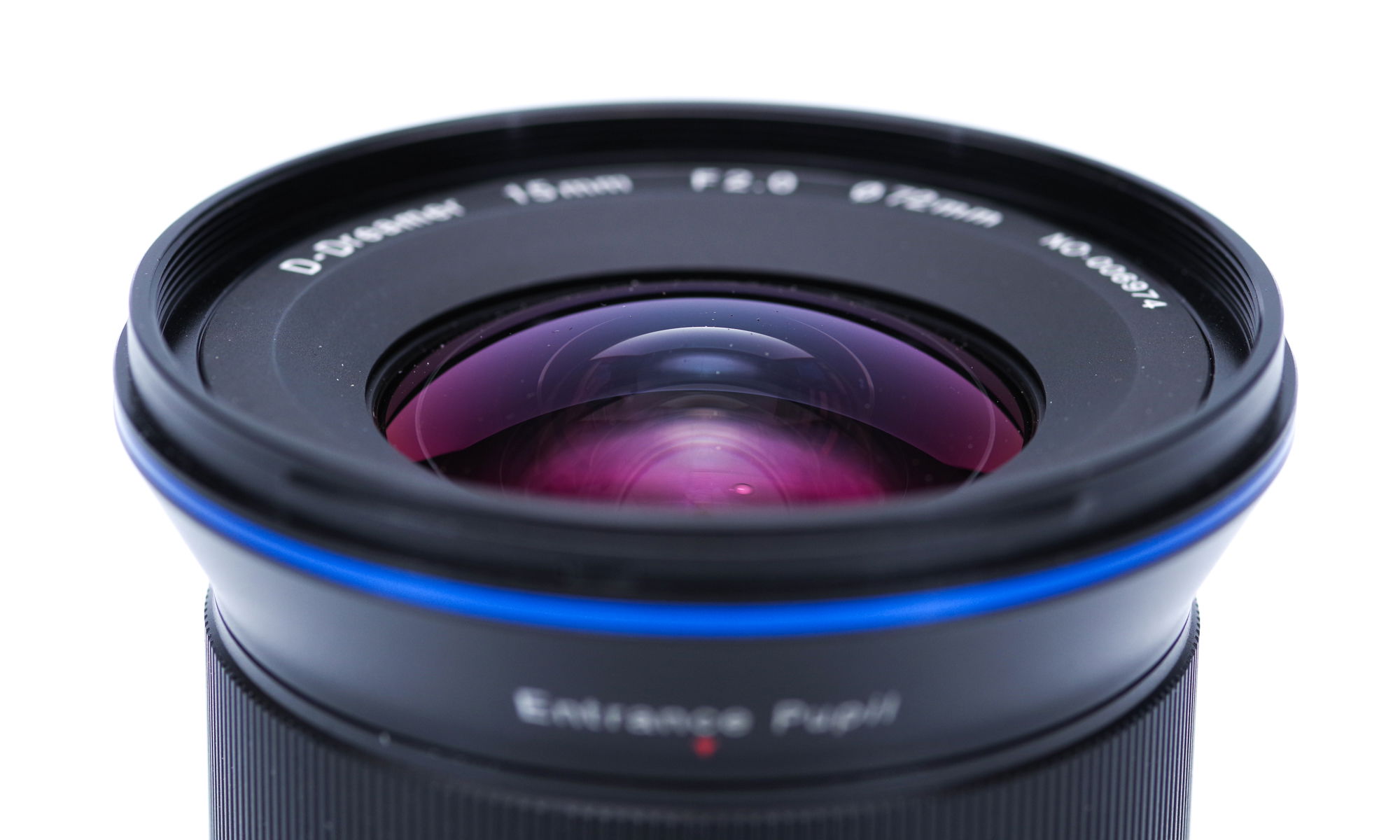
Contrary to a majority of ultra wide-angle lenses, this 15mm proposes a relatively flat front element. This will allow the mounting of screw-on filters, something rare at those focal lengths.
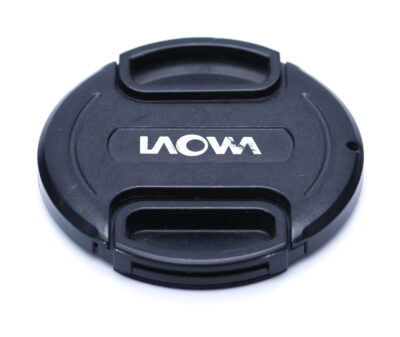
The lens cap is a clip-on design, made of plastic. It is perfectly serviceable but does not feel as premium as the rest of the lens.
Lens Body
The lens body, made entirely of metal, is elegant and very compact. Just like with its 10-18mm sibling, the small size is impressive given its wide focal length and large aperture. The lens feels a bit dense but certainly gives an impression of quality. The general design cues are similar to those of the 10-18mm.
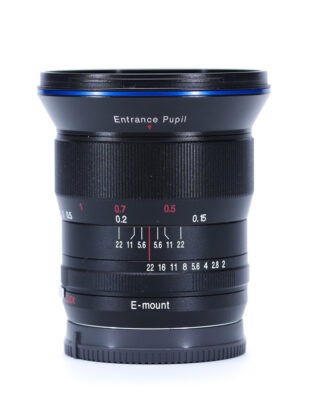
The bottom of the body, near the camera mount, has a subtle taper. It bears the E-mount designation. Right above is the aperture ring. The ring has clear clicks at each full aperture value, but no intermediate positions. Contrary to its sibling, the level of friction is high. The clicks are clear enough that accidental movements are unlikely. The ring is wide enough, and has ribbed sections for easier operation.
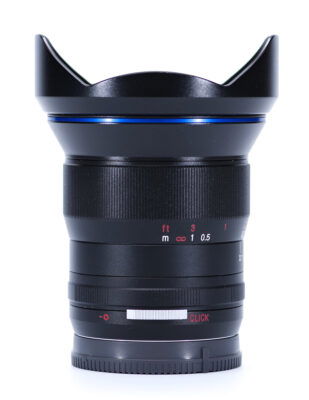
To the left is a silver toggle which lets the user de-click the aperture ring for smoother operation if required. It is thin and slim. We had it move accidentally on one single occasion.
Next is a section bearing DOF markings. These always add a touch of elegance to a lens. There are markings for F5.6, F11 and F22. Their usefulness is thus limited, but it is much better than nothing.
Above is the wide focus ring. This ring is, of course, mechanical. Its throw is approximately 90°, with the near-total range devoted to distances closer than 1 meter. The dampening and feedback are excellent: it is a joy to use, much more pleasant than a focus-by-wire focus ring. There are white markings in meters, and red markings in feet. Everything on the lens is engraved and should be durable.
The lens gets significantly wider towards the front, where the typical Laowa blue ring is located.
The lens does not extend when focusing.
Aperture

The Laowa 15mm uses 9 curved aperture blades.
Lens Mount
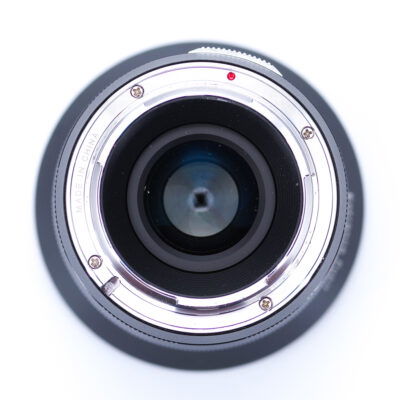
The lens mount is metal.
Lens hood
The hood is petal-shaped and somewhat large. It is fully made of metal, and slides in place with good friction, although there is no clicking lock. It can be removed and reversed for storage. Note that the lens cap must be off to remove or attach the hood, a mild annoyance.
Mounted On Camera
The Laowa 15mm is a good fit for the Sony A7C and will look tiny on larger cameras.
Side by side
Here is the Laowa 15mm next to its 10-18mm sibling from Laowa and the Sony FE 28-60mm retractable lens. The 15mm appears bigger thanks to its large lens hood but the main body is relatively compact.

Focusing
Focusing with the Laowa 15mm is fully manual. As expected from Laowa, operation of the focus ring is excellent. There is pleasant dampening, a well-tuned level of friction and no backlash.
With the Laowa 10-18mm, we reported difficulties with focus peaking. The same occurs here, but thanks to the F2 aperture, it is easier to shorten the depth of field. In challenging conditions, it can be advisable to open the aperture to F2, focus, then close it back.
General Image Quality
Before diving into the technical aspects of this review, let’s have a look at the more subjective elements which can make or break an image.
Field of View
The Laowa 15mm’s field of view is of course one of its standout features. 15mm is ideally suited for landscapes and cityscapes. With 100.4° of horizontal field of view, this lens makes it easy to include many elements in the scene. 15mm will be unusual for many photographers more used to focal lengths above 20mm, but is still relatively easy to master. This focal length has an easy learning curve.
The lens’ well-controlled distortion is a definite advantage also. Laowa has a well-established expertise in this regard, and the 15mm Zero-D does not disappoint.
The Laowa 15mm offers close focusing capabilities. This further improves the usefulness of the lens. Close focusing with ultra wide fields of view offers creative possibilities.
Color and Contrast
Colours are well-toned and accurate.
Contrast is not as harsh as with the Laowa 10-18mm. The 15mm retains the company’s signature look with a bit of a film-like appearance, but results are more subdued and subtle. Plays between colours and shadows are still more pronounced than with lenses from other manufacturers, as can be seen from the third image below.
Starbursts
Even though it uses 9 curved aperture blades, the Laowa 15mm is able to produce adequate starbursts.
At F2, there is nothing to see, which is to be expected. By f5.6, results are much nicer but there is some lack of definition. At F8 and F11 (shown), the starbursts are much nicer and can enhance night pictures.
The 15mm’s starbursts lack some of the definition of the best performers, but are still serviceable. We would not have minded to see Laowa use straight aperture blades for this lens.
Sharpness
Sharpness, or a lens’s ability to resolve small details, is far from the only important characteristic of a lens, but it is probably the one which many users look at first. Soft images distract the viewer and the sharpest point in an image draws the eye of the viewer.
There are several ways to measure resolution. Some are quantitative, such as the number of lines per millimeter that can be resolved, while others are comparative, such as using a standardized scene to pit lenses against one another. We will use the latter, and supplement it with real-life samples.
To evaluate sharpness, we use a standard test chart that can be used to compare lenses to one another. We place the camera and lenses at a distance of 100x the focal length, so that the chart occupies the same area on all test images. This results in distances of 1.5 m in the present case. The chart is positioned successively in the center, on the edge and corner off the frame, testing all apertures each time. Focus is repeated for each position to avoid field curvature contributions.
This test will not show how good a lens can be. Quite the contrary, it is a stress test to illustrate the limits of a lens’s capabilities.
Resolution is of course sensor-relevant. For this test we use the A7C camera’s 24 MP sensor.
Test results at 15mm
The following images illustrate the results at all apertures at 15mm.
| Center | Edge | Corner | |
| F2 | 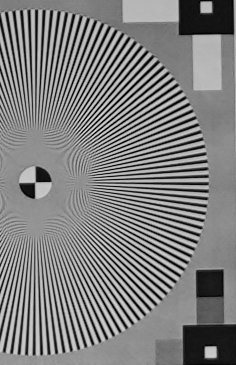 | 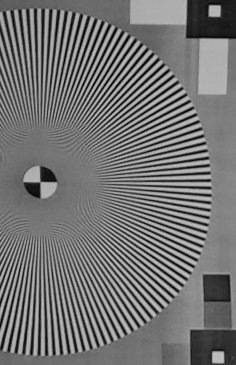 |  |
| F2.8 |  | 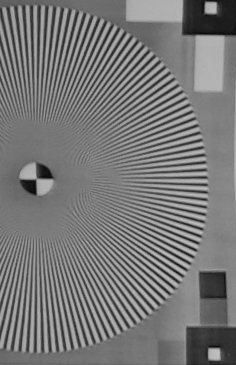 | 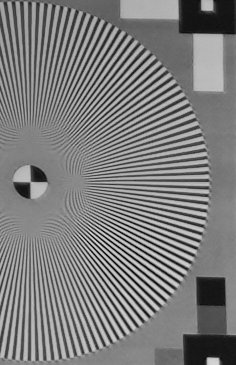 |
| F4 | 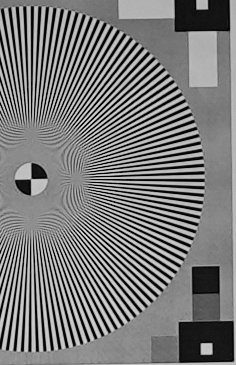 | 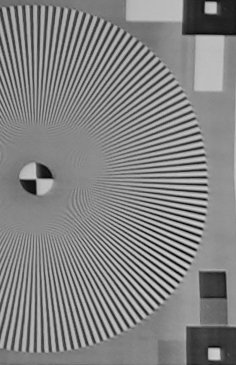 |  |
| F5.6 | 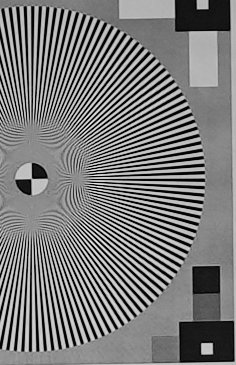 |  | 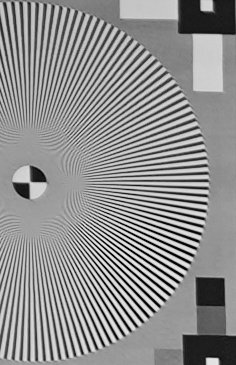 |
| F8 |  | 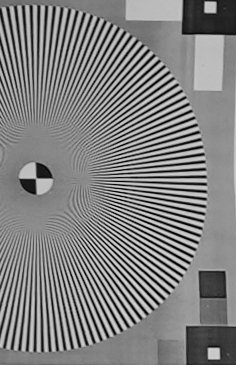 | 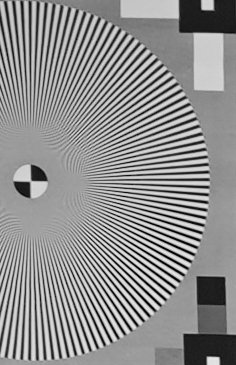 |
| F11 |  | 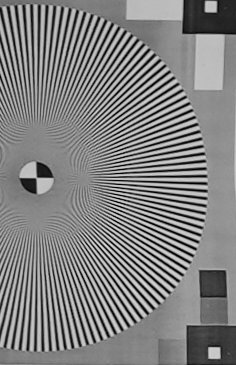 |  |
| F16 | 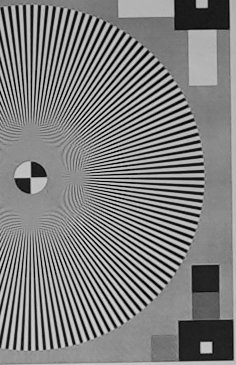 | 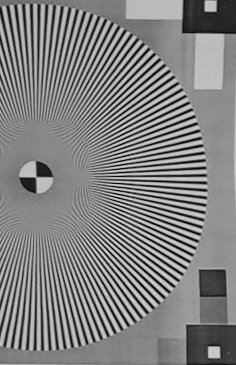 |  |
| F22 | 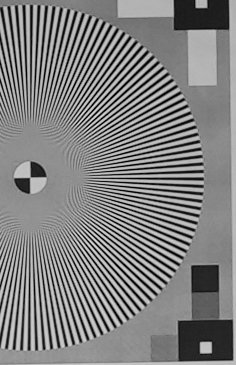 | 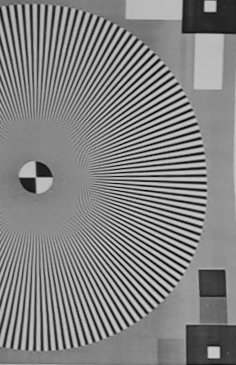 |  |
Center sharpness with the Laowa 15mm is certainly one of the lens’ strongest perk. Even at F2 resolution is very good, and gets excellent at F2.8. F5.6/F8 are (expectedly) where the lens reaches peak performances. F11 and F16 are still very good and even F22 remains usable. This is impressive.
Edges are close behind, even though we see some effect of field curvature. At F5.6 and F8, edges are very close to center performance; below that, they lag behind somewhat. Again, smaller apertures do not lead to a big degradation but remain good to very good.
Corners are impressive, in the sense that they are almost indistinguishable from the edges. At medium apertures (f5.6-F11) the 15mm delivers superb edge-to-edge sharpness, with an impressive uniformity. At F22 the corners finally show some degradation, which is to be expected.
The images below show what can be expected, and how the lens can be used successfully by taking advantage of its high resolution figures. You can click images to see larger versions.
Summary
Laowa lenses often deliver superb sharpness and the 15mm F2 is certainly a good example of this. More than the absolute center sharpness (although excellent), it is the field uniformity which impresses with this lens. The 15mm is dependable in all conditions. Some field curvature (harder to spot in these test images since we refocus for each frame section) is the only drawback which can have an effect at wider apertures.
Vignetting
Vignetting, or the darkening of corners at wider apertures, is both a defect and a feature, as it can be used creatively to put emphasis on subjects closer to the center, create a mood or a vintage look. It can also be corrected automatically by modern cameras so is less of a problem than in the past. That is only true for cameras with electronic contacts, which excludes the Laowa 15mm. Images will thus have to be corrected in post-processing. Laowa provides a lens profiles on their website.
The following chart illustrates the vignetting of the lens for full frame.

Similar to its 10-18mm sibling, the 15mm struggles with vignetting. At F2, vignetting is strong at almost 3 stops. The effect never really goes away, stabilizing above 1.5 EV at F8 and beyond. This will have an effect in real-life scenarios. Luckily it is easy to correct, but note that correcting 3 EV will create a visible noise increase.
The images below show the lens’s vignetting at varying apertures. Note that the images below suggest a hint of decentering.
| Full frame 15mm | |
| F2 |  |
| F2.8 |  |
| F4 |  |
| F5.6 | 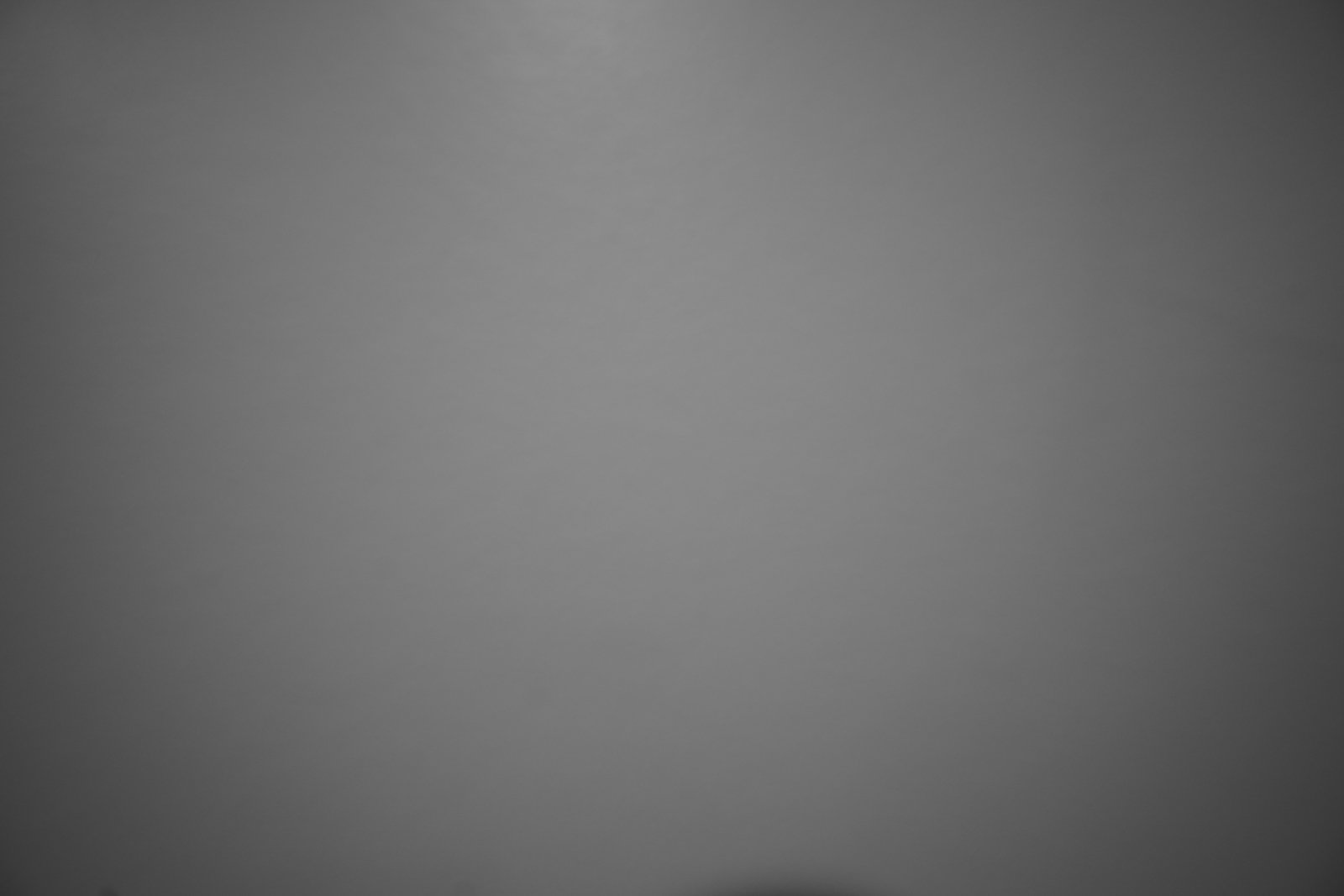 |
| F8 | 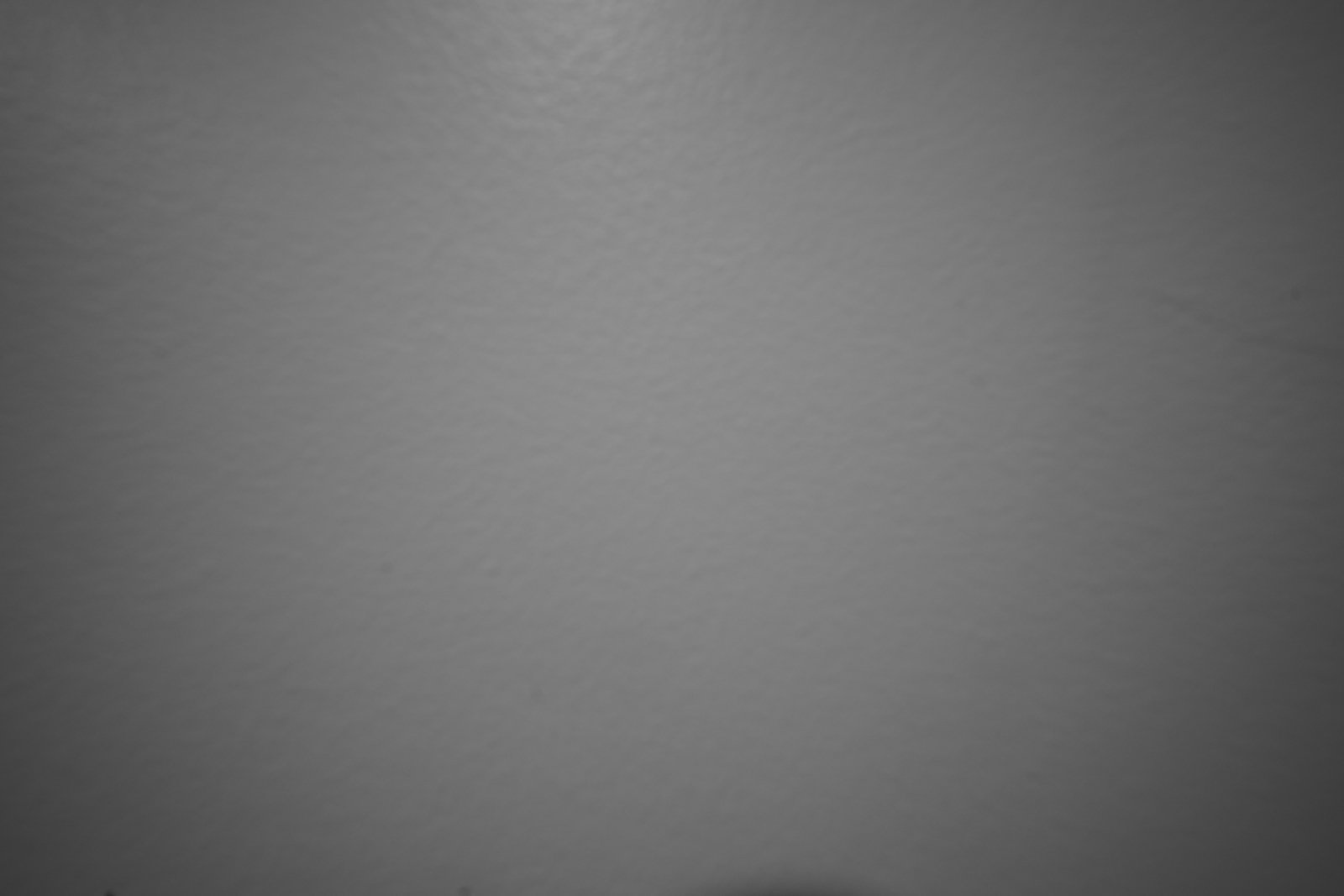 |
| F11 |  |
| F16 | 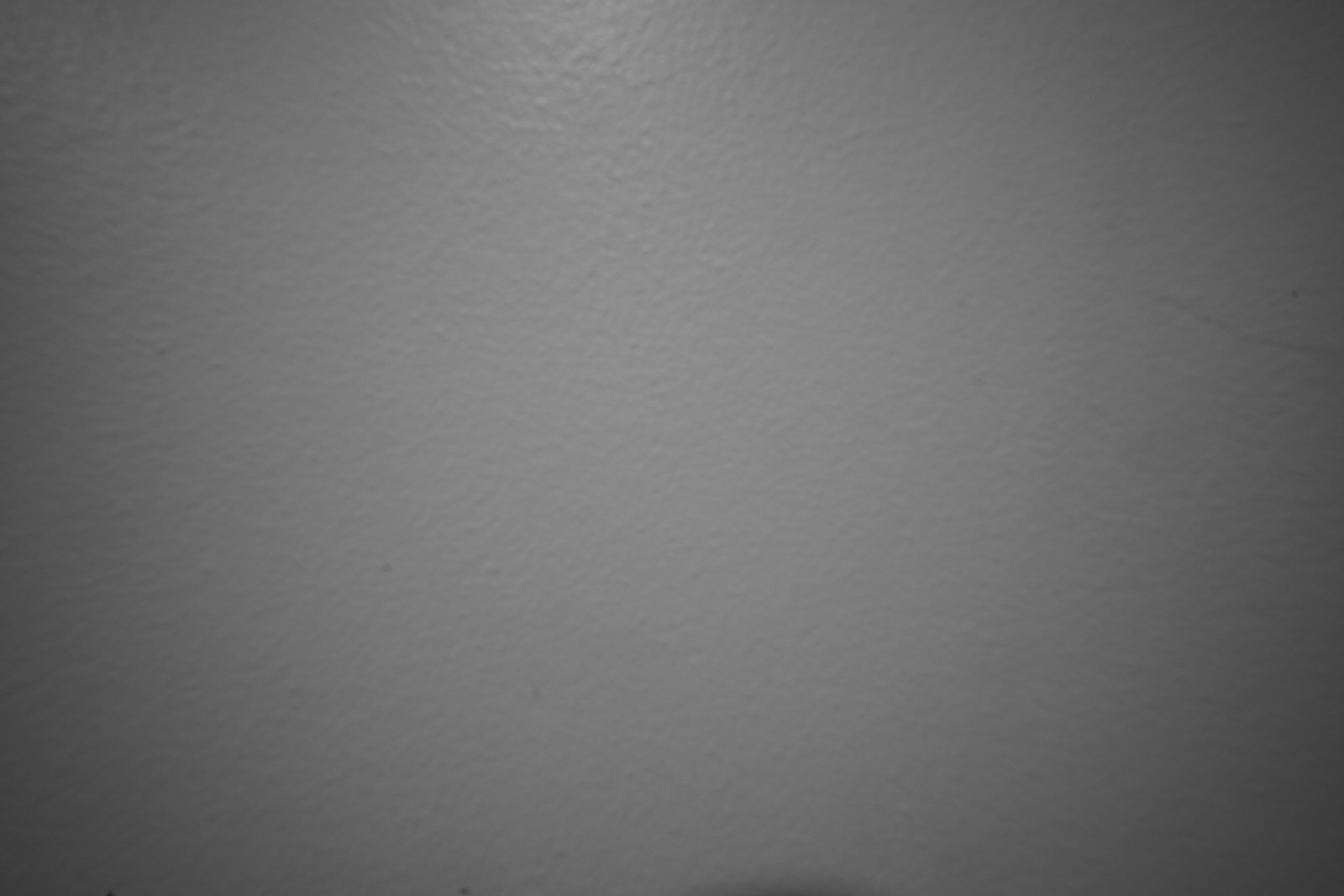 |
Bokeh
Bokeh is a Japanese term describing the quality of the background blur. It does not relate to the depth of field but to the areas in the image that are beyond the range that is expected to be in focus.
Bokeh is highly subjective. In general, a smooth bokeh with blurred shapes and contours is generally perceived as being of a higher quality. A shallow depth of field does not always equate a more pleasing bokeh.
To evaluate the characteristics of the background blur, we took pictures at varying apertures, using a scene with a lot of detail and bright highlights. The following images show the results.
| F2 | 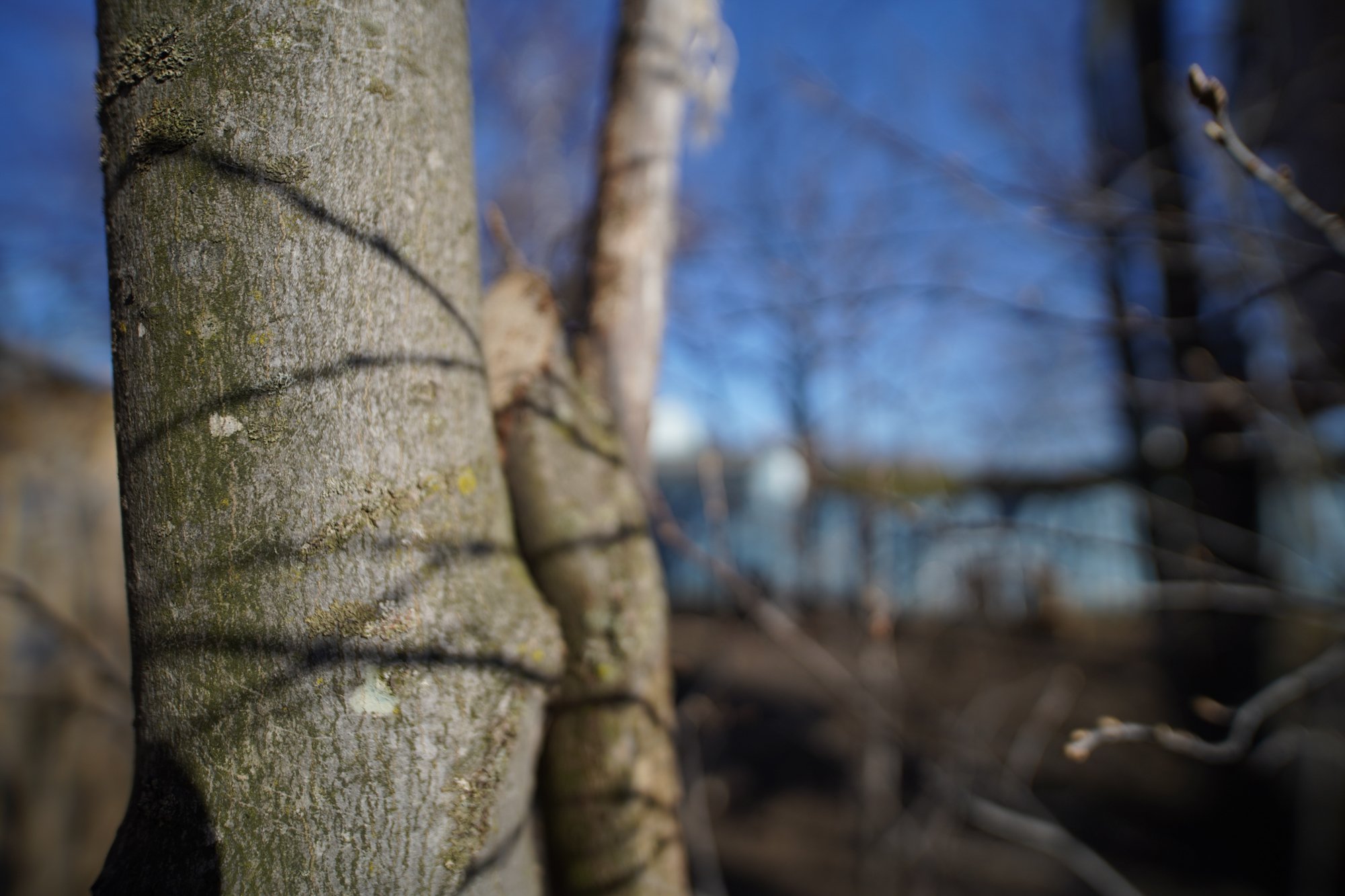 |
| F2.8 | 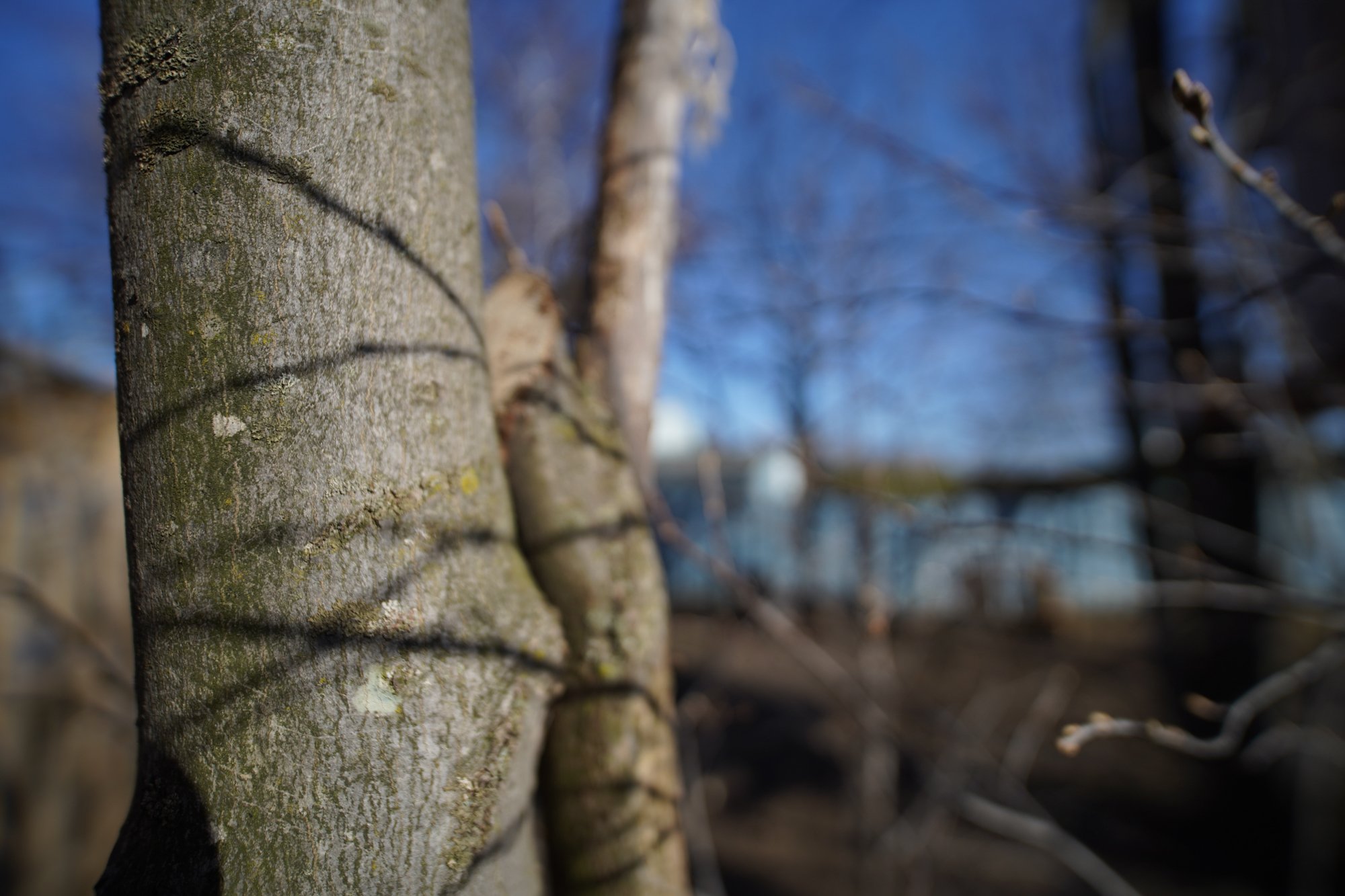 |
| F4 |  |
| F5.6 | 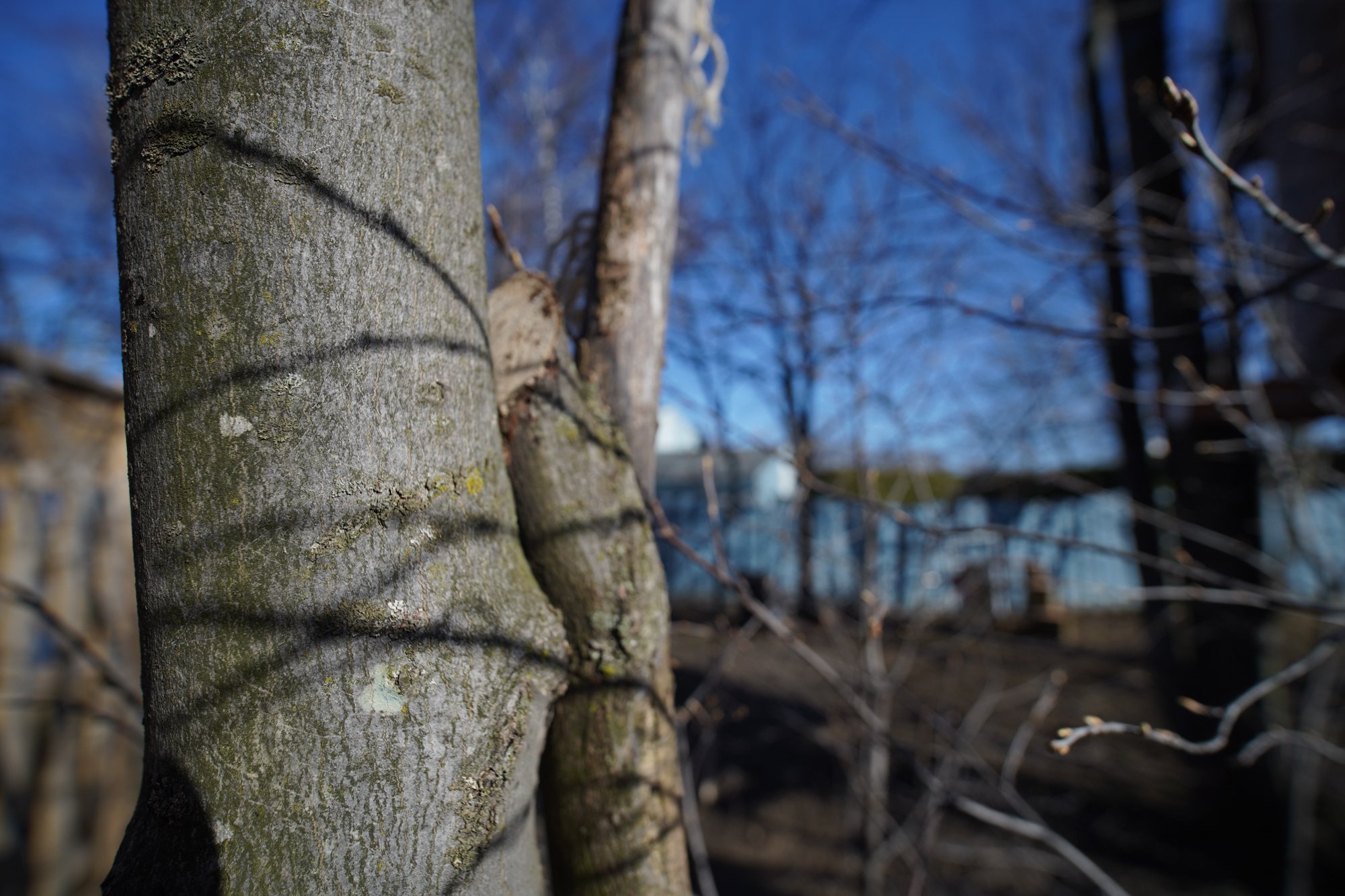 |
| F8 | 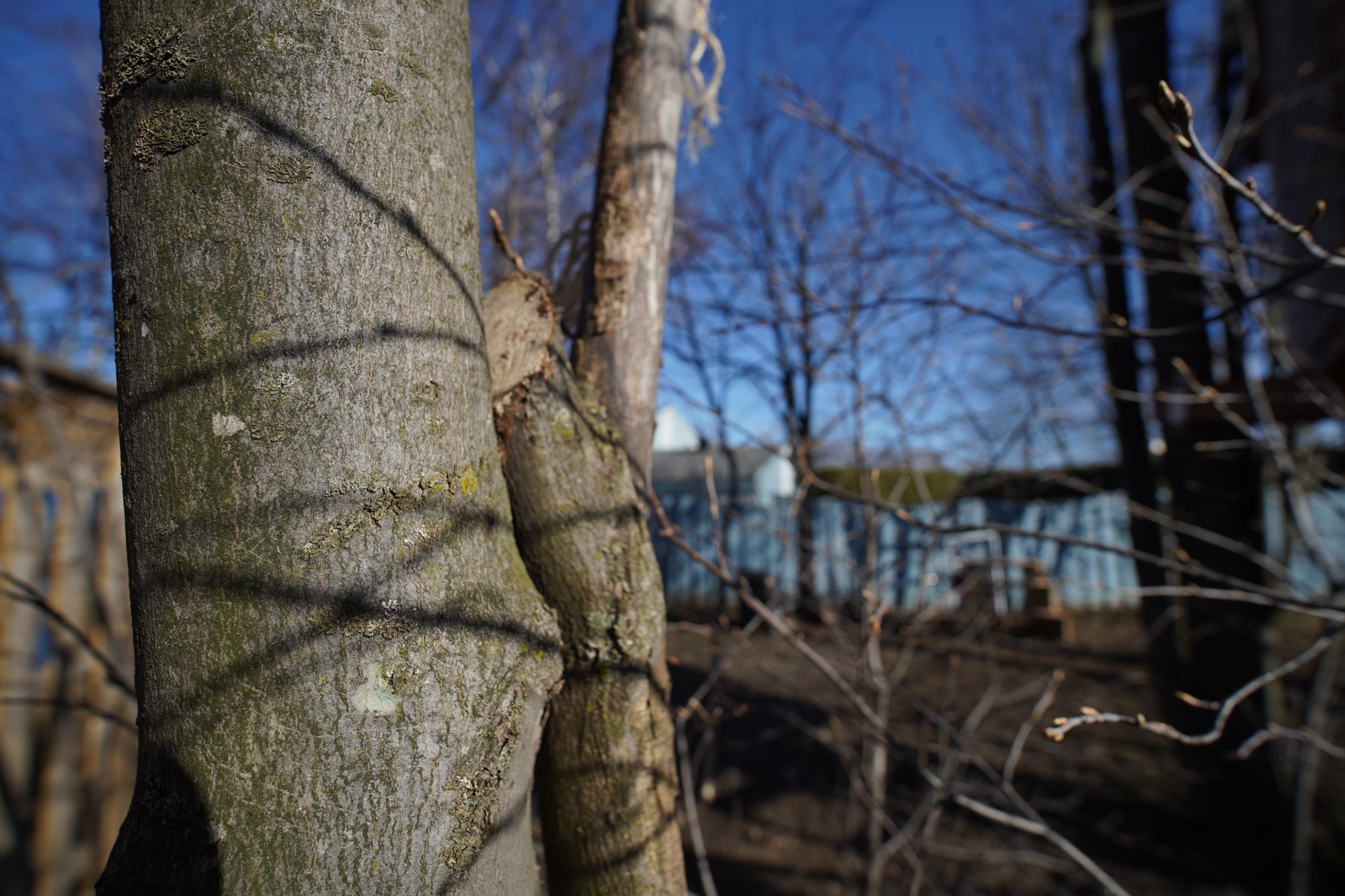 |
| F11 | 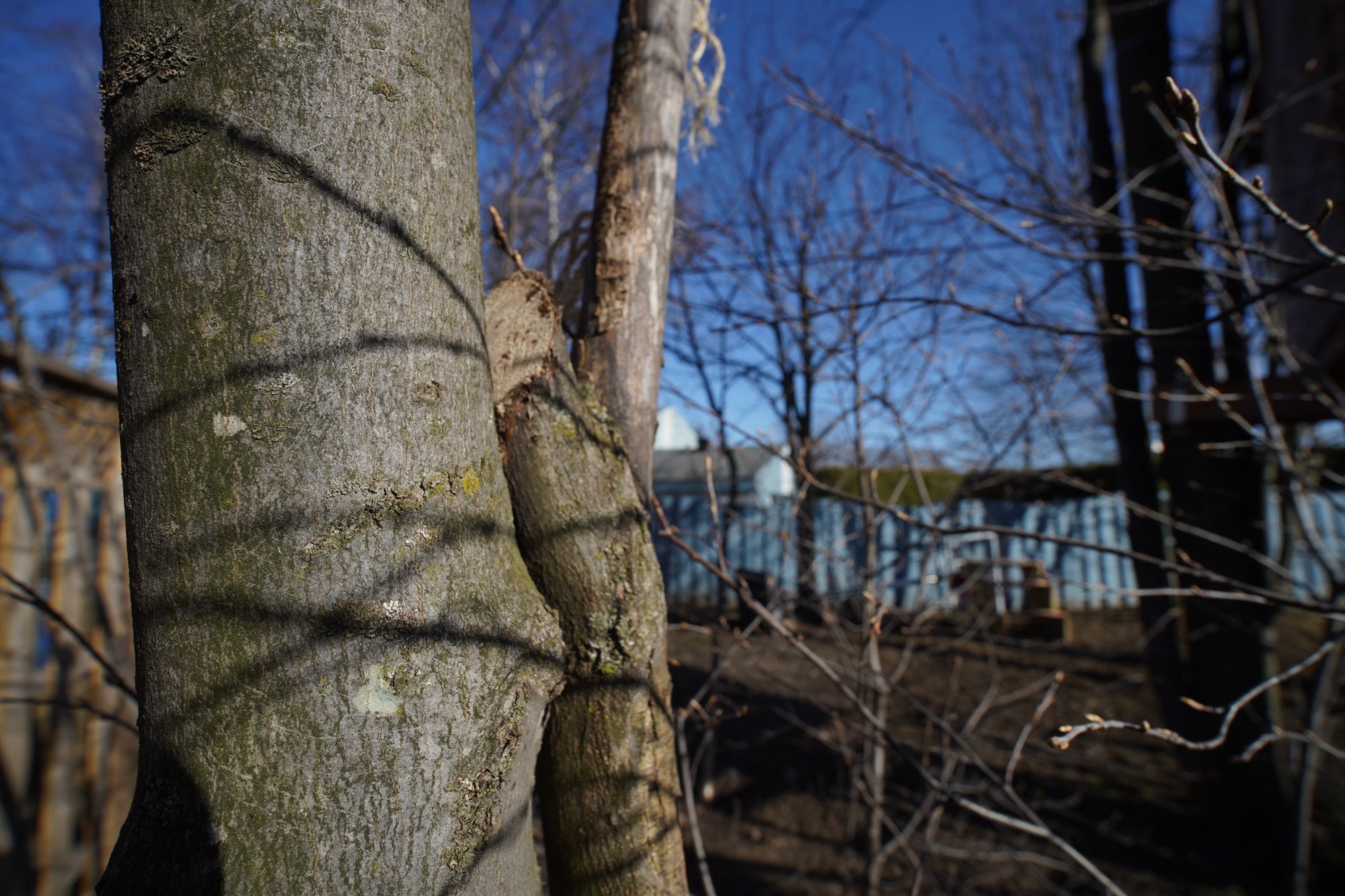 |
| F16 | 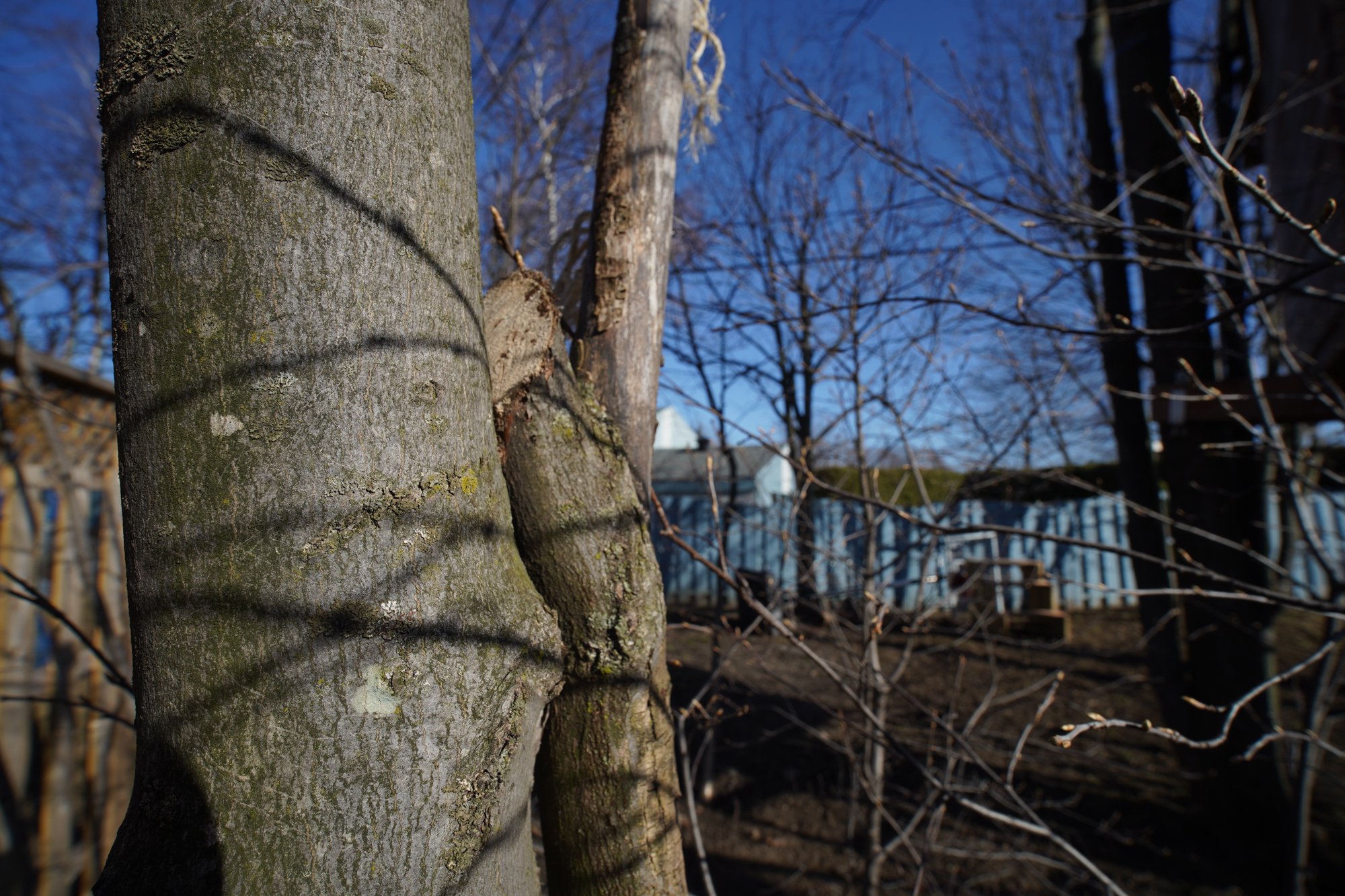 |
| F22 | 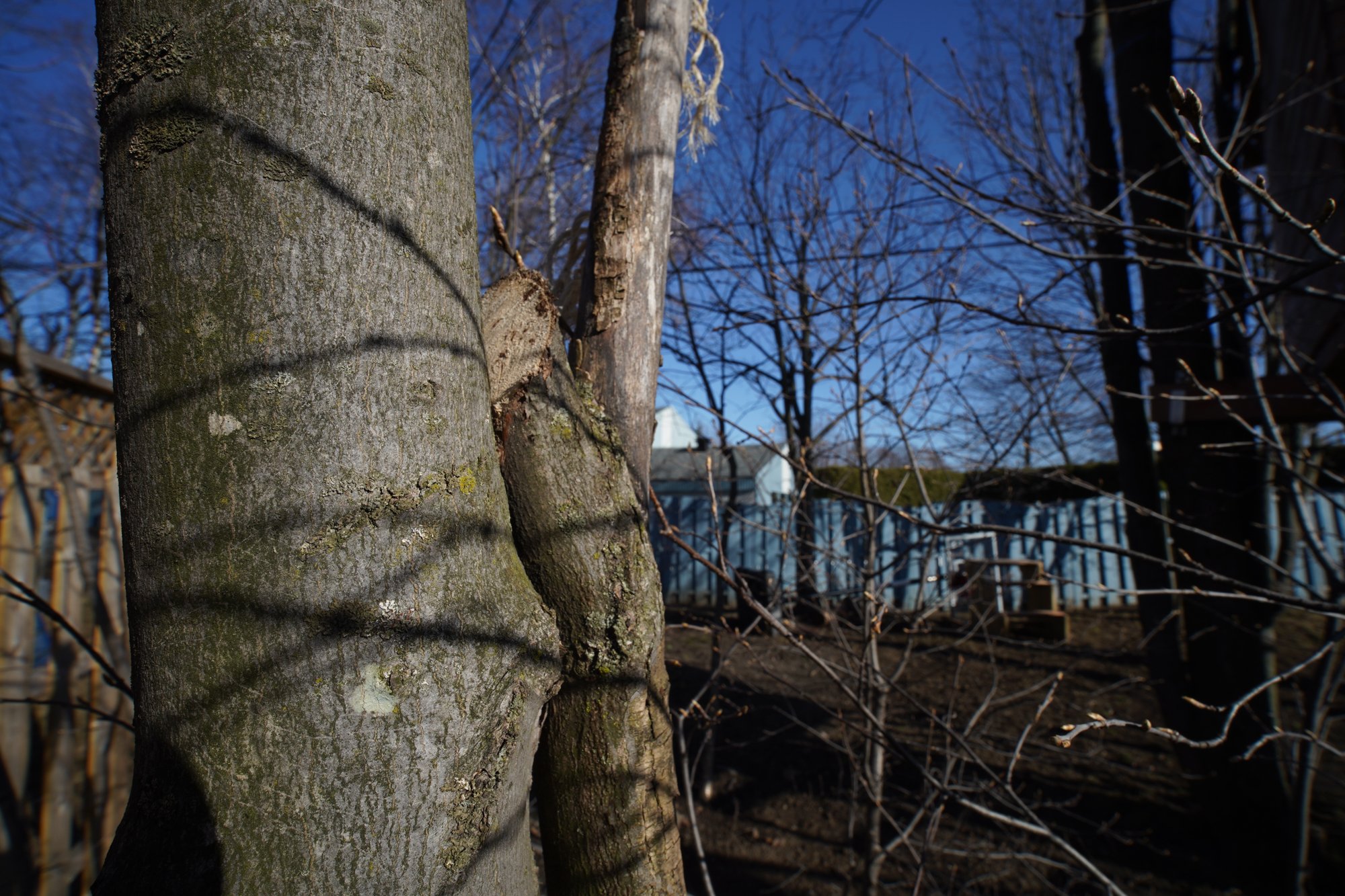 |
The advantages of an F2 lens are immediately obvious. Despite the wide focal length, leading to a deep DOF, the 15mm is able to create some nice subject isolation. Moreover, transitions in the out-of-focus areas are gradual, textures are without harsh contours for the most part.

Highlights are not distracting, mostly round-shaped.

As seen above, the lens does well for transitions from in-focus to out-of-focus.
Flare and Ghosting
Flare is a decrease in contrast caused by reflections on internal lens elements. Ghosting is the appearance of orb-shaped artifacts in an image containing a light source, caused by the same internal reflections. High-quality coatings reduce the importance of flare and ghosting in an image.
We test flare and ghosting by taking pictures of a bright light source positioned at the center and on an edge of the frame, at varying apertures.
Test results at 15mm
| Center | Corner | |
| F2 | 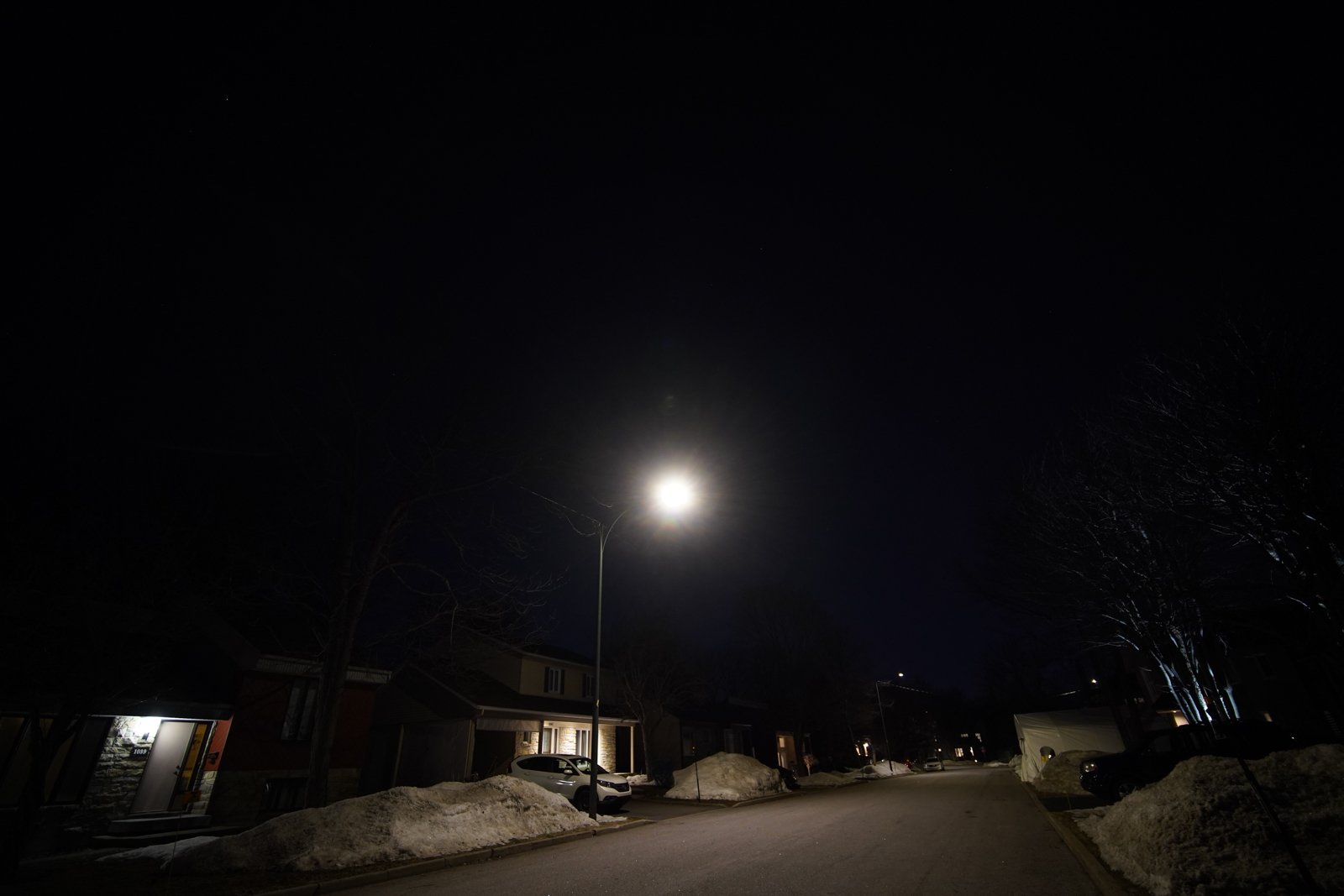 | 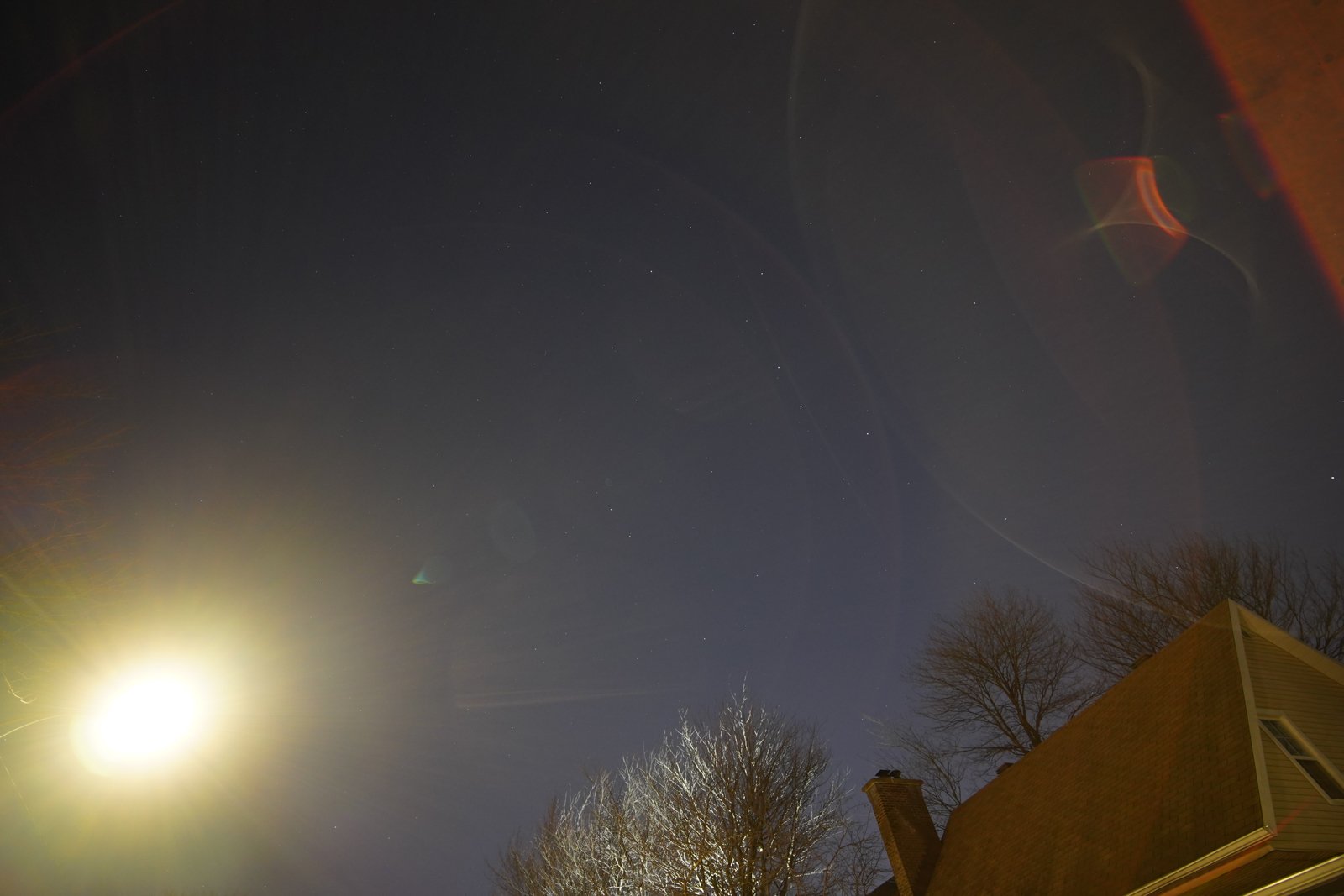 |
| F2.8 | 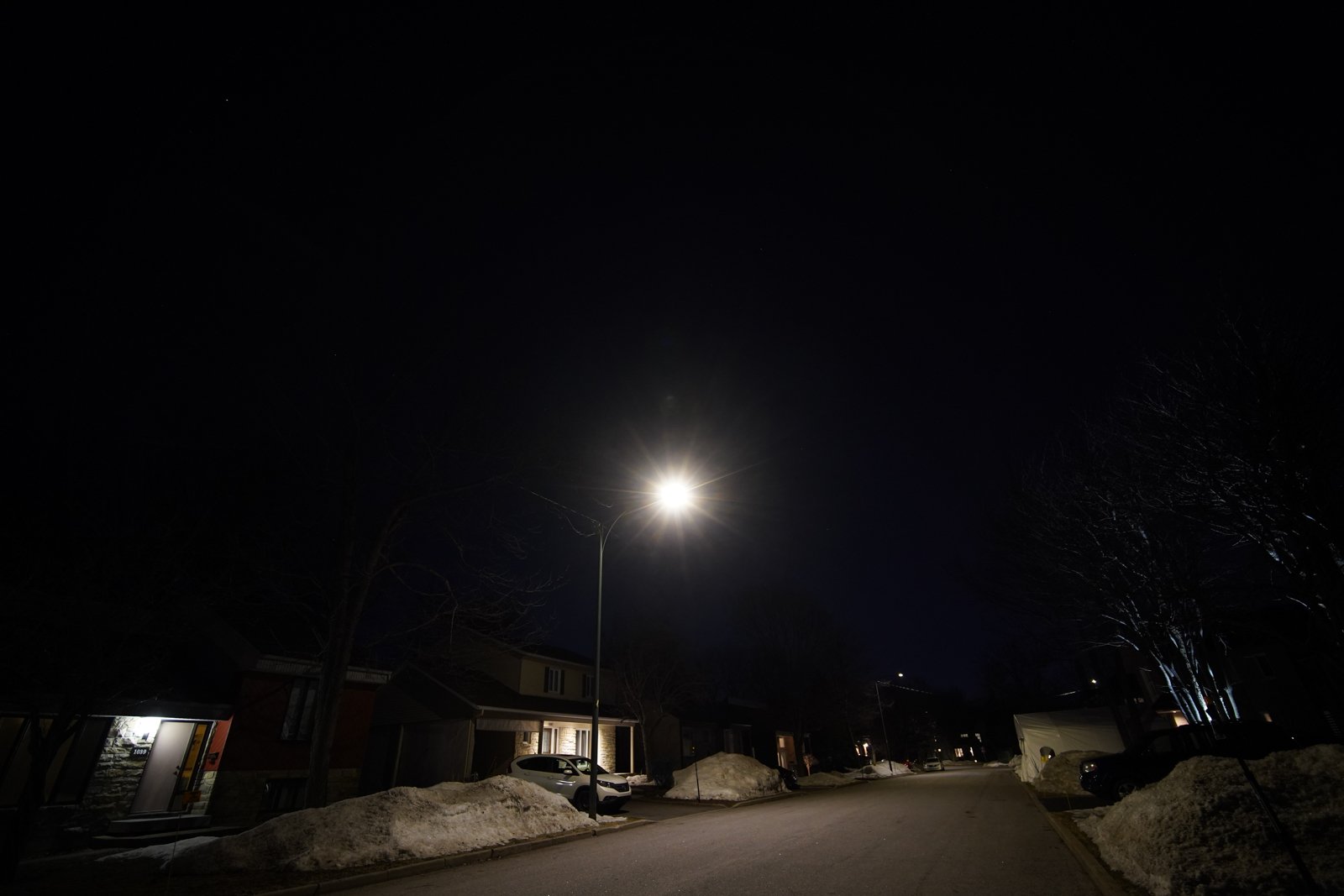 | 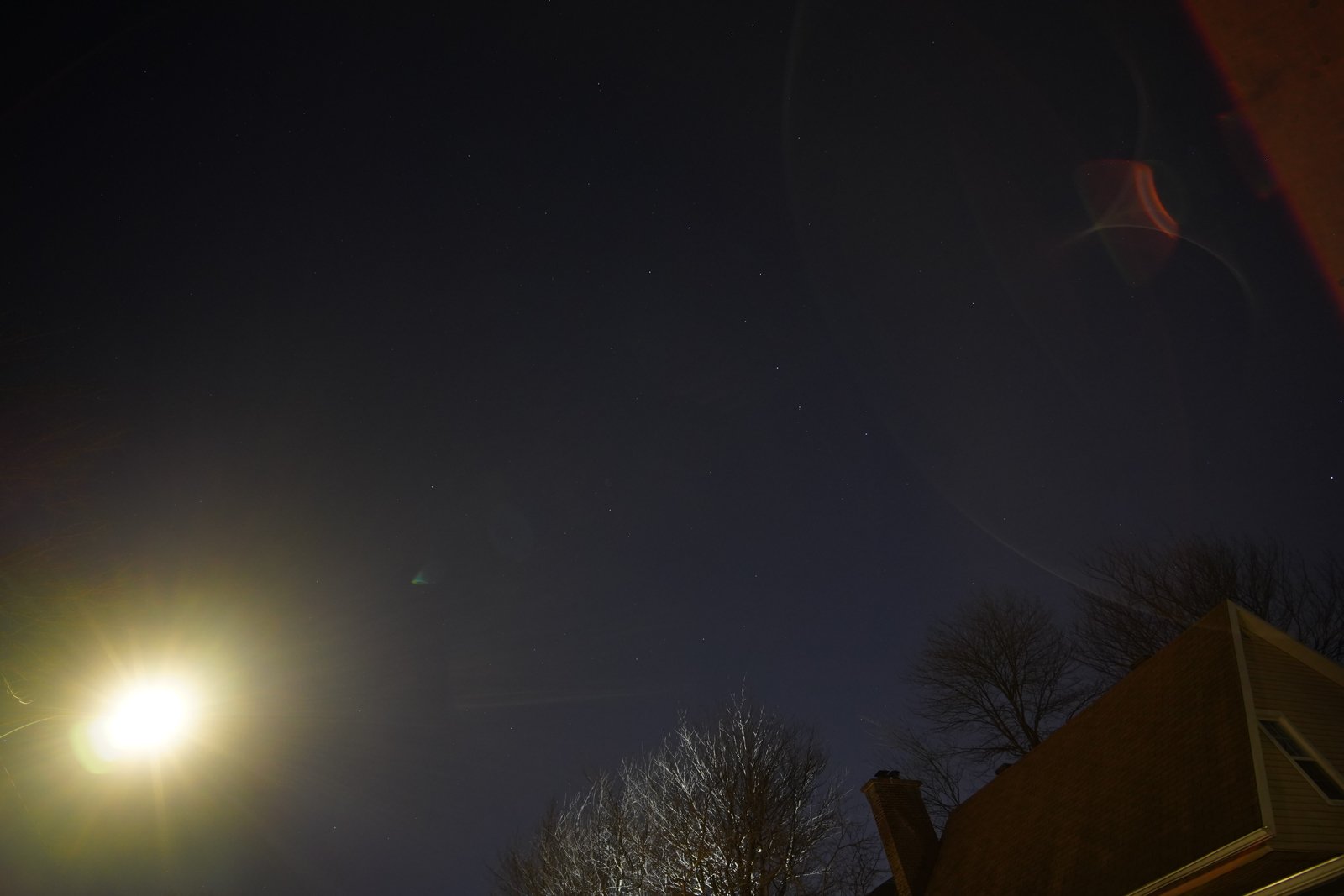 |
| F4 | 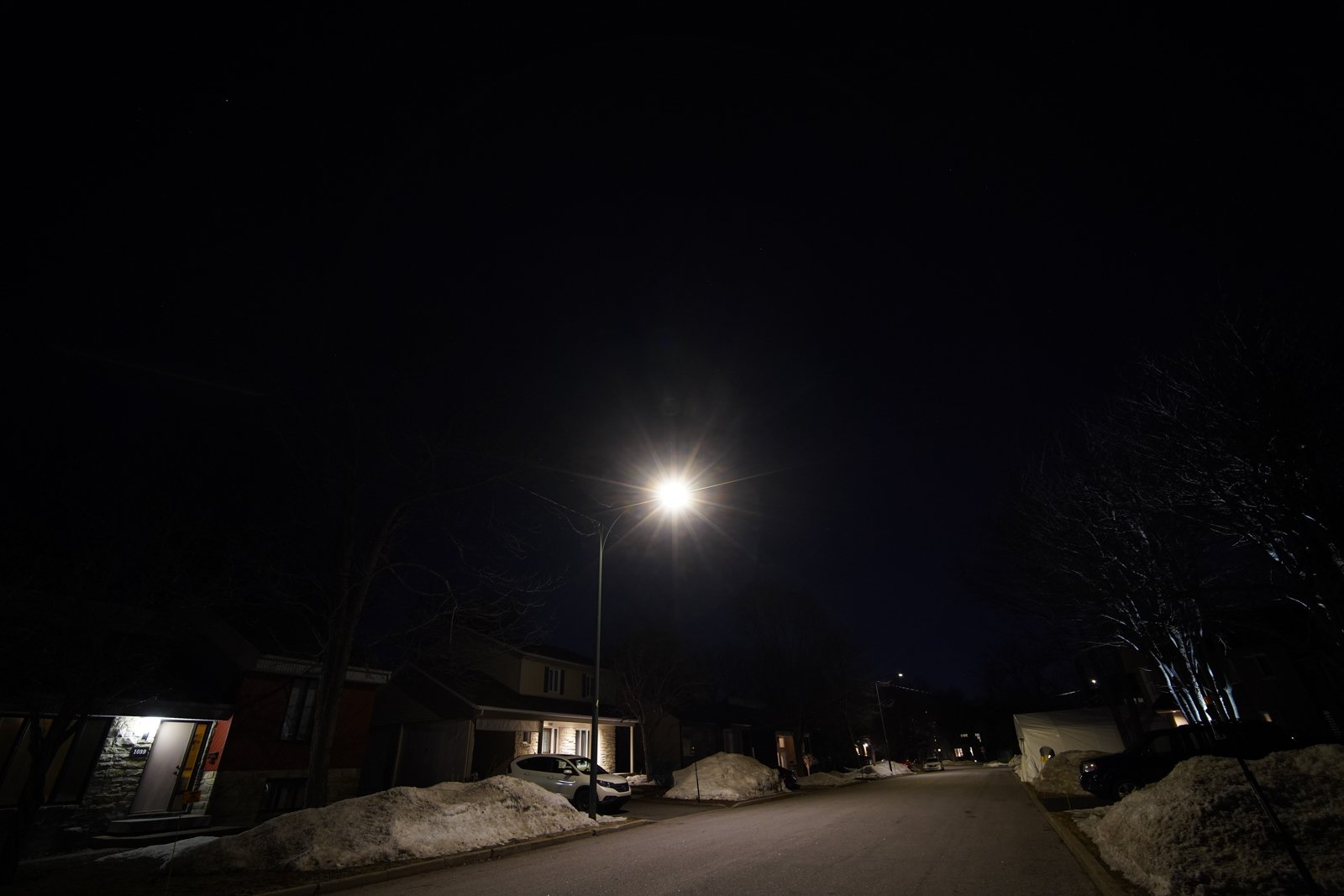 | 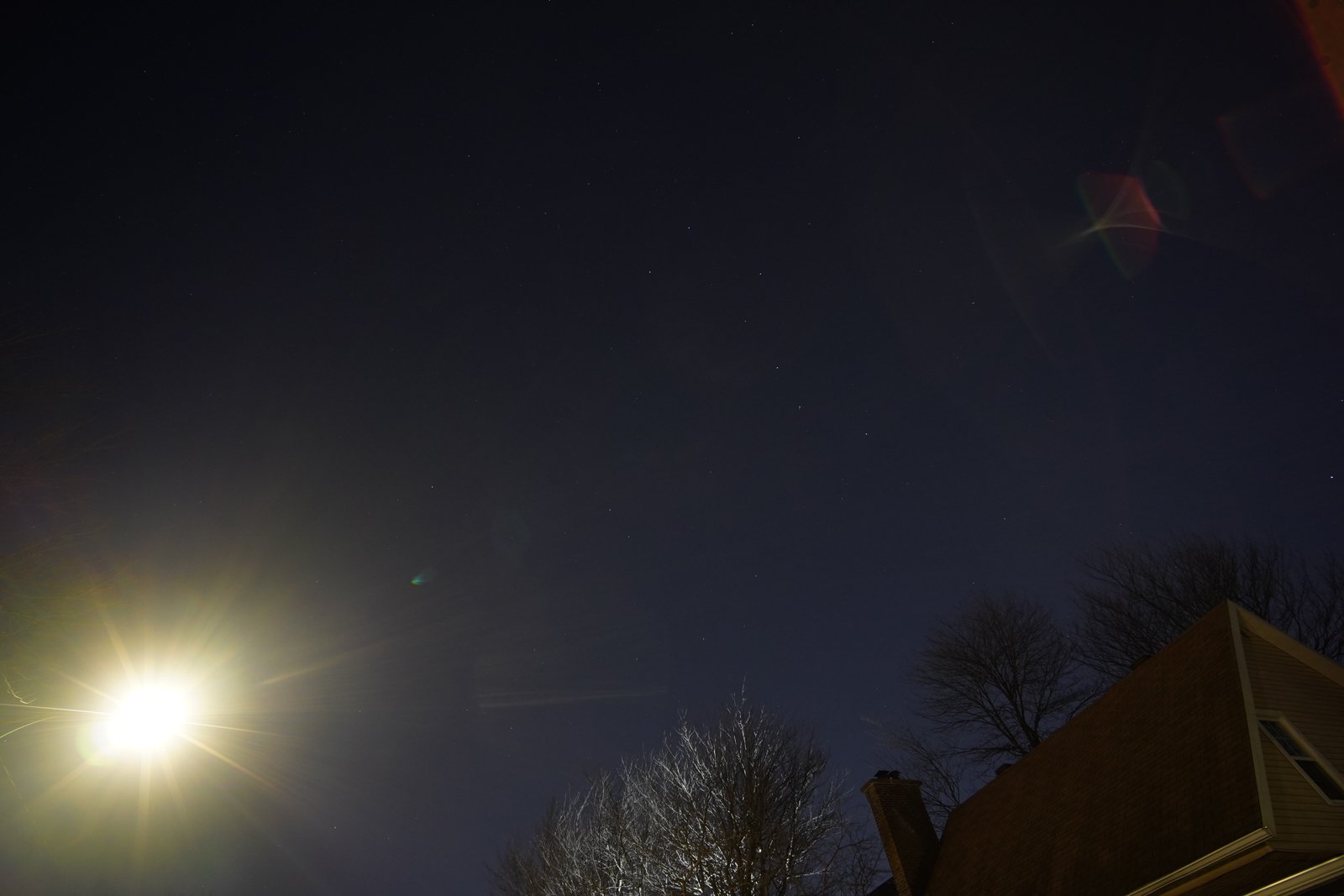 |
| F5.6 | 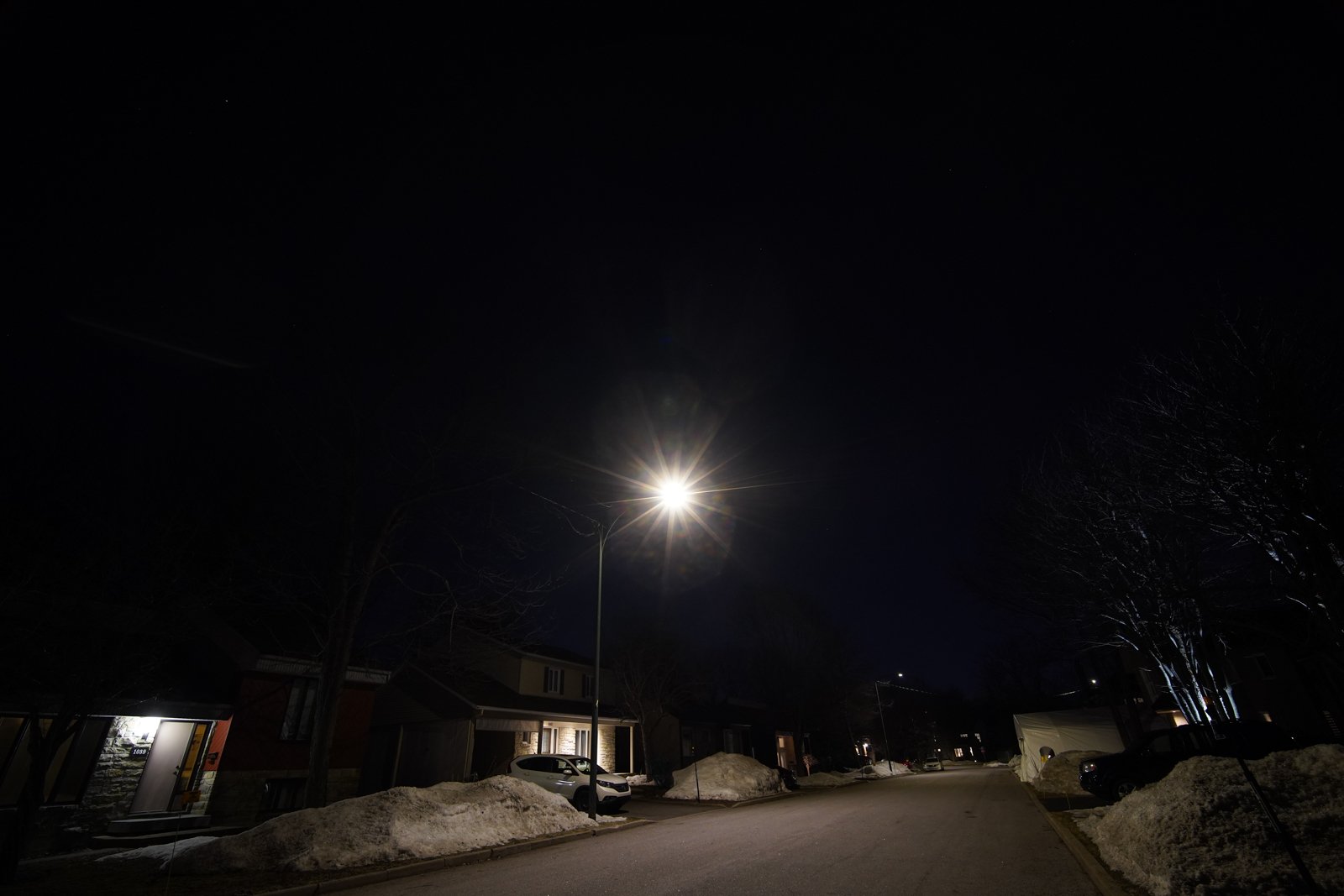 | 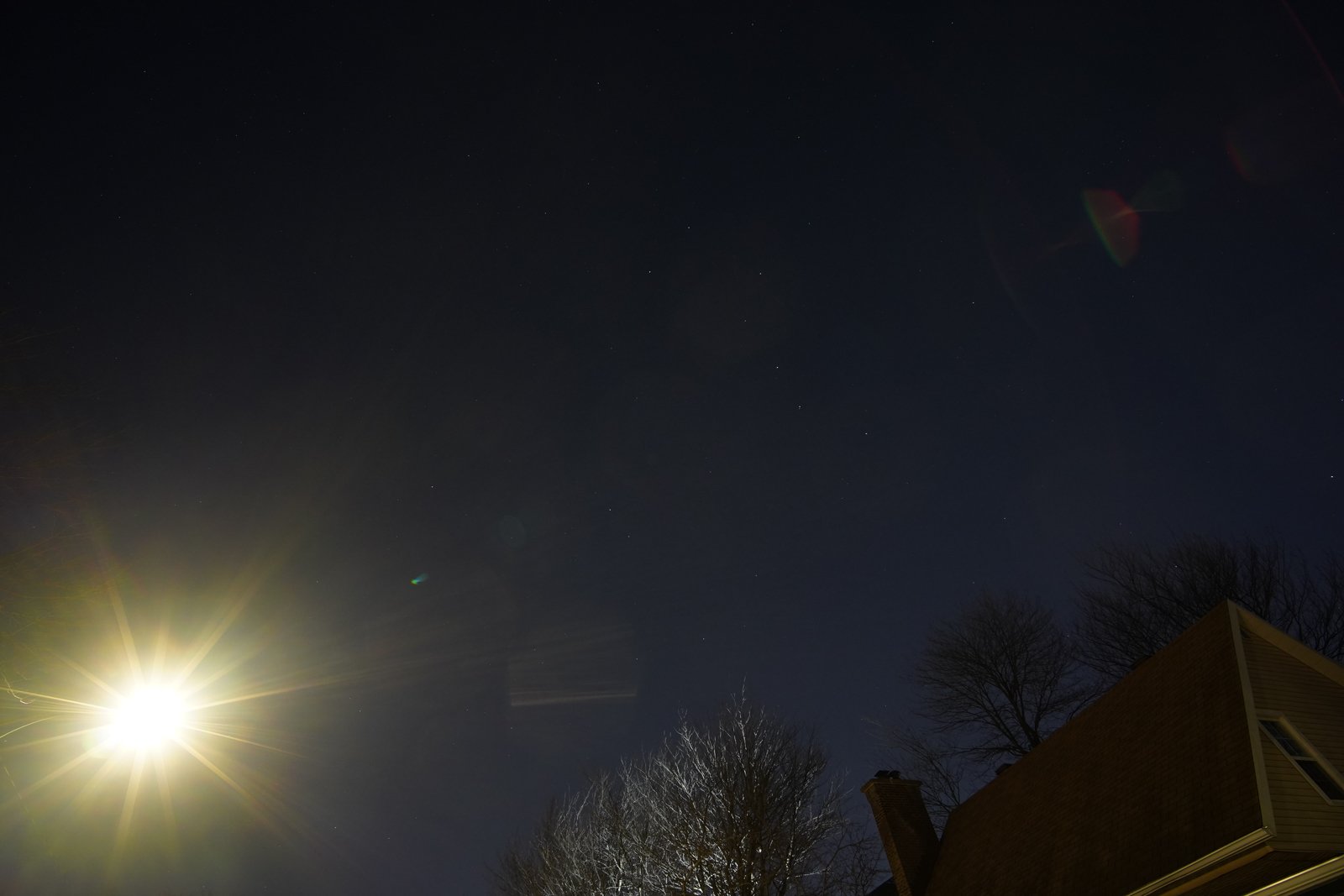 |
| F8 | 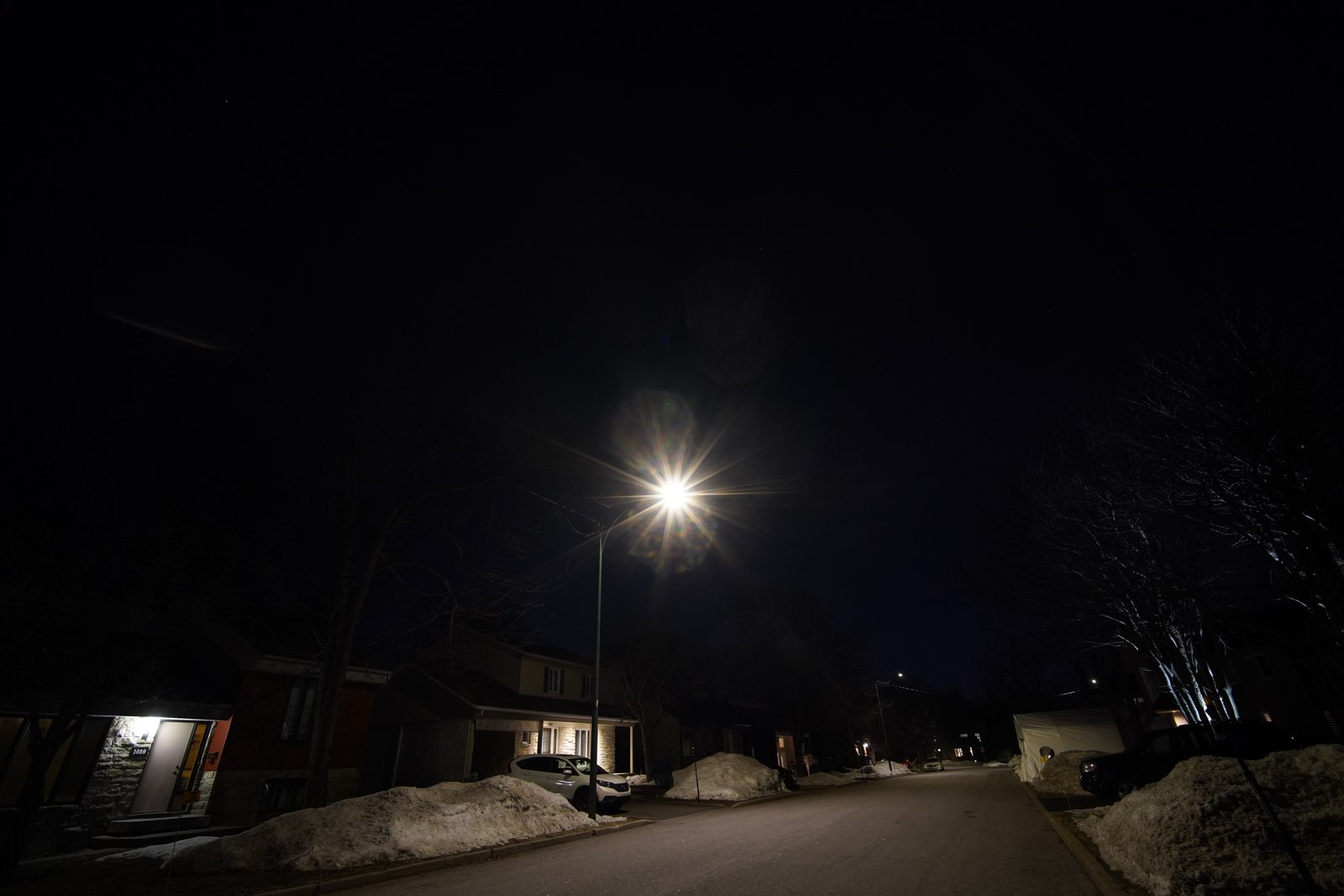 | 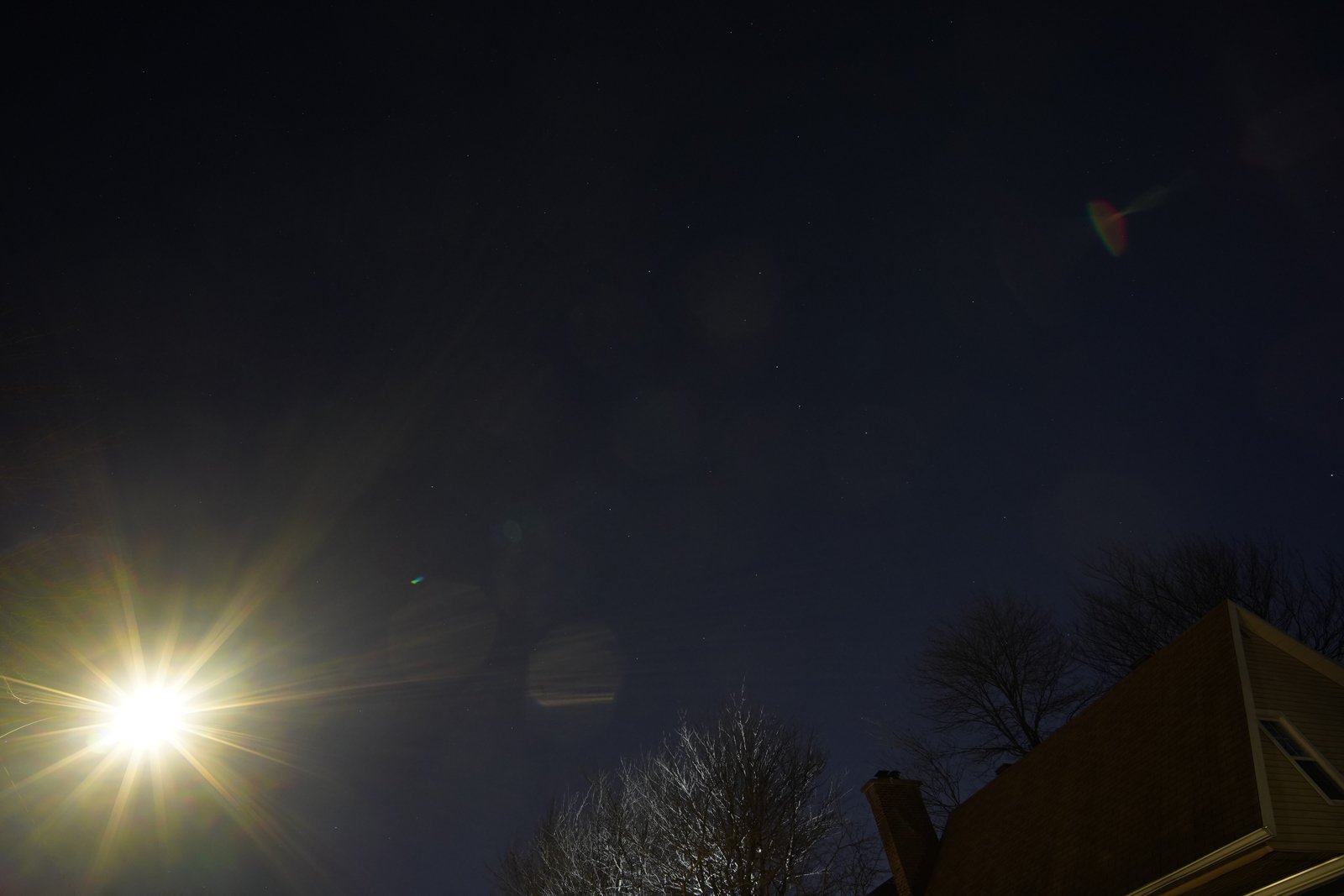 |
| F11 | 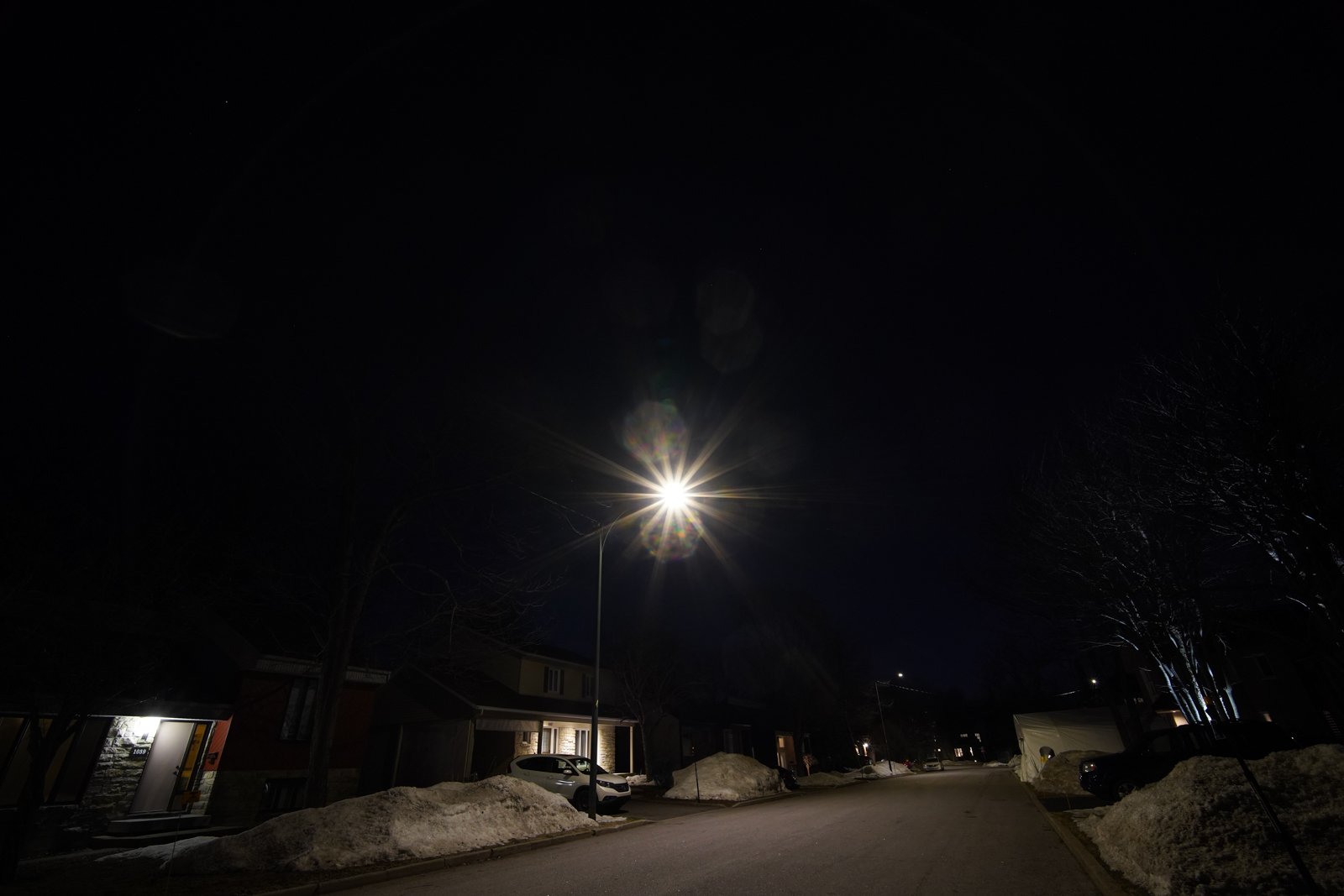 | 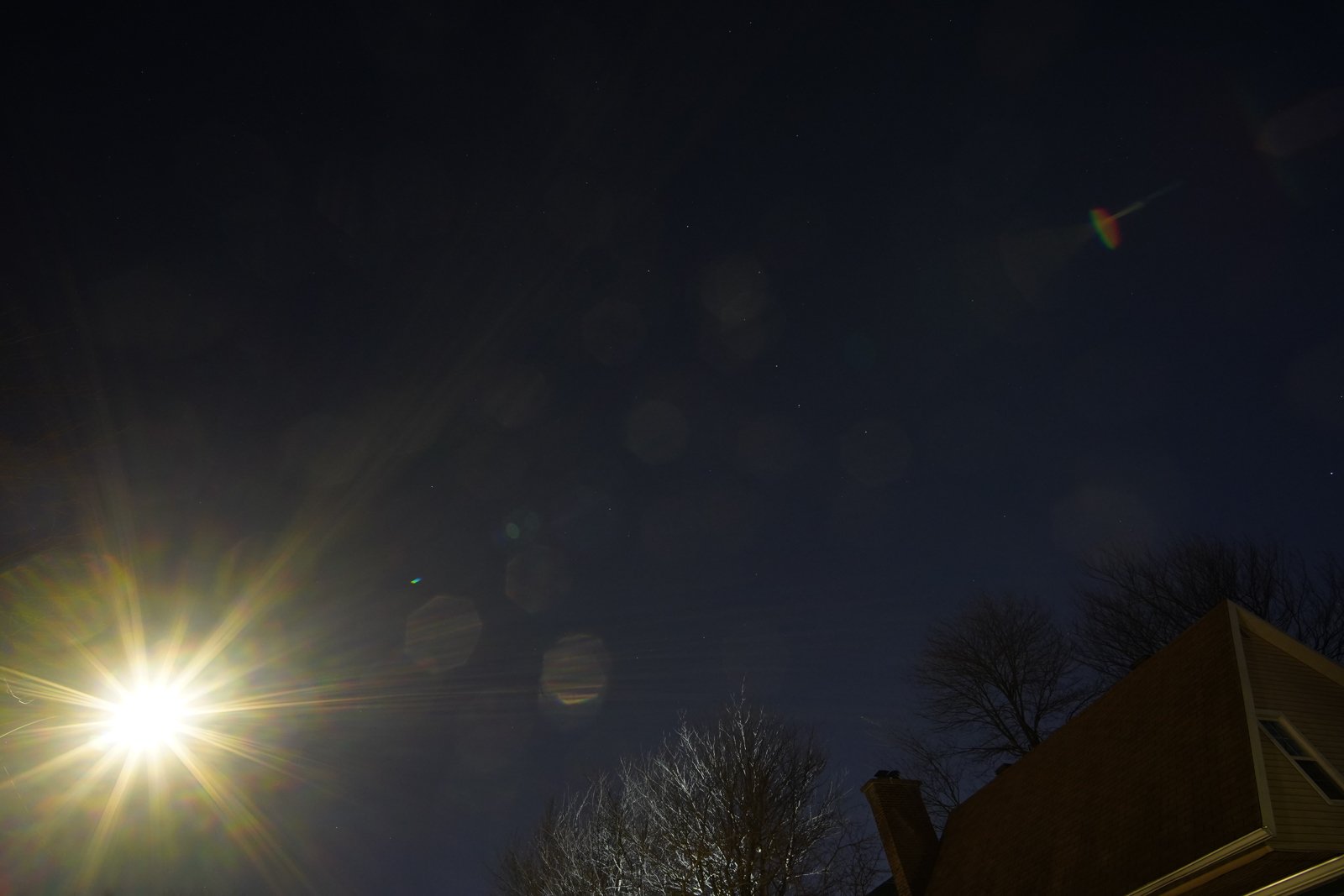 |
| F16 | 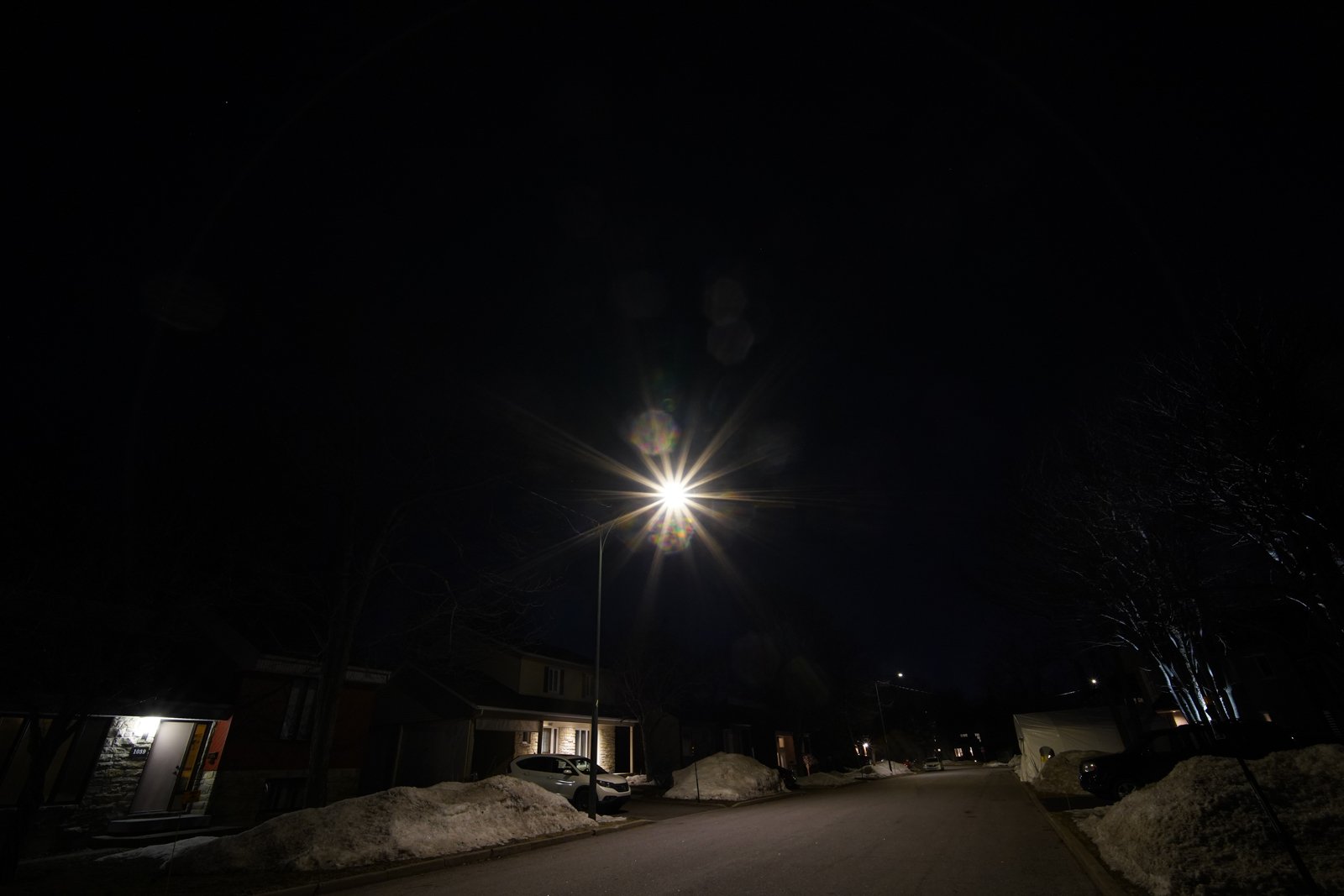 | 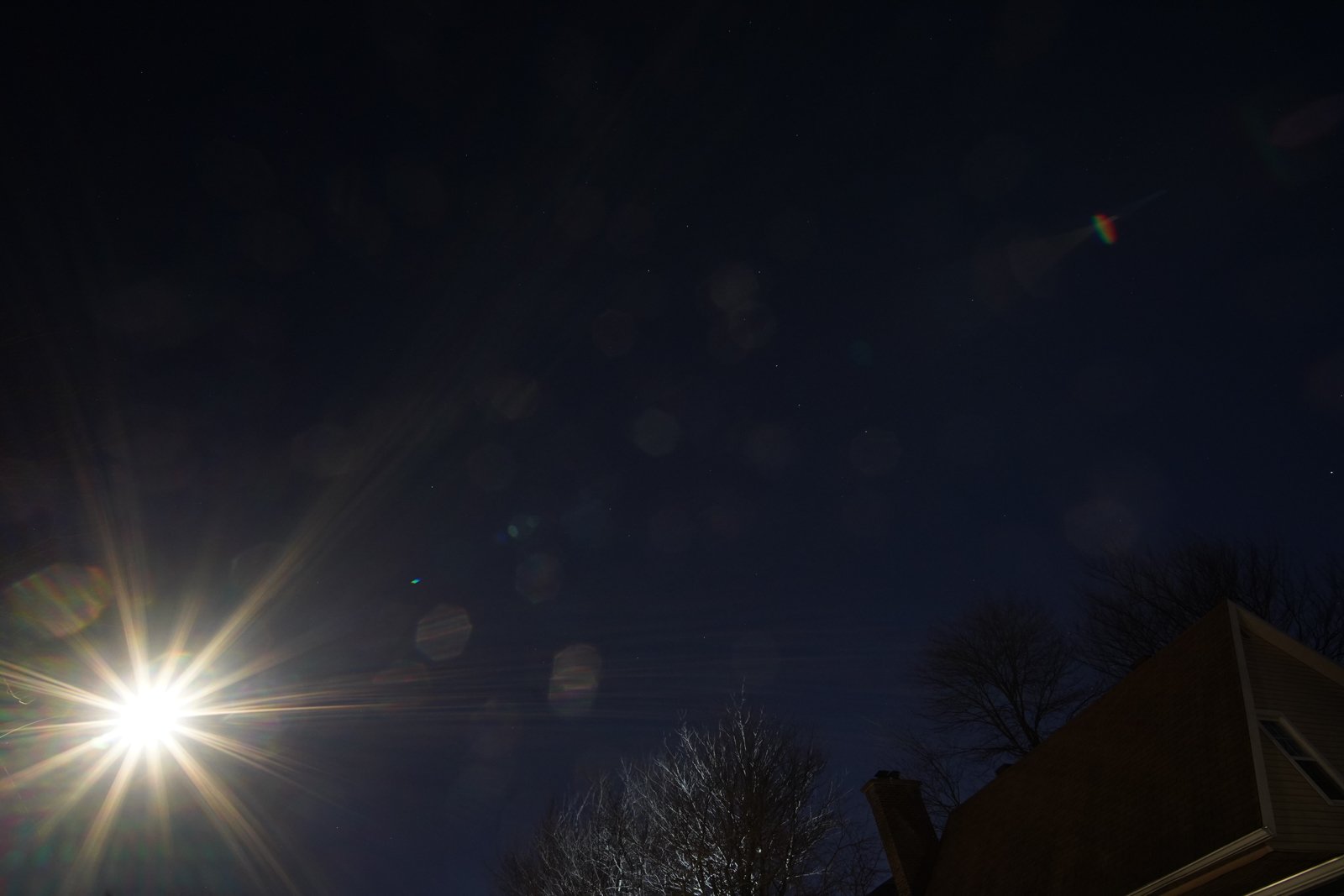 |
| F22 | 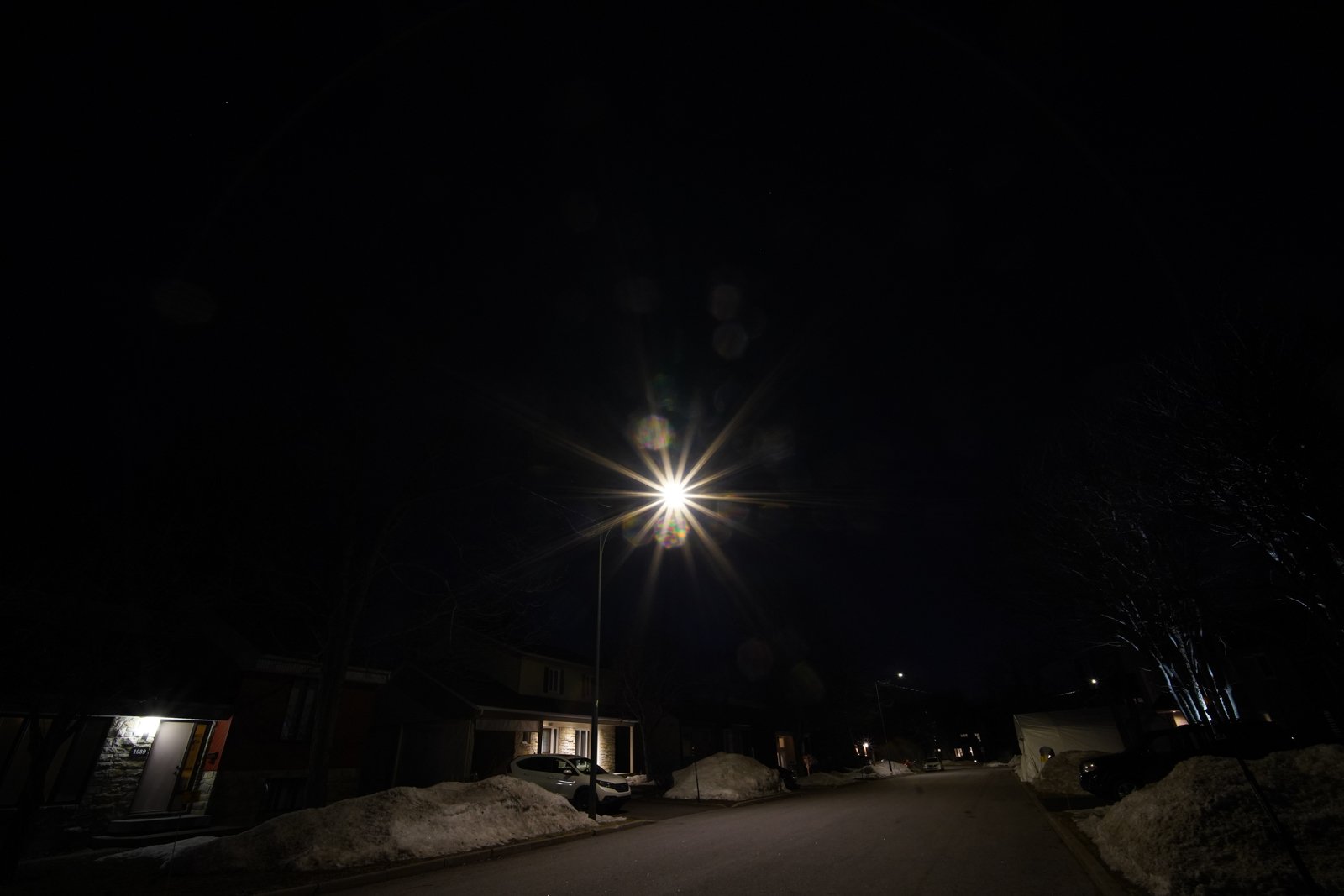 | 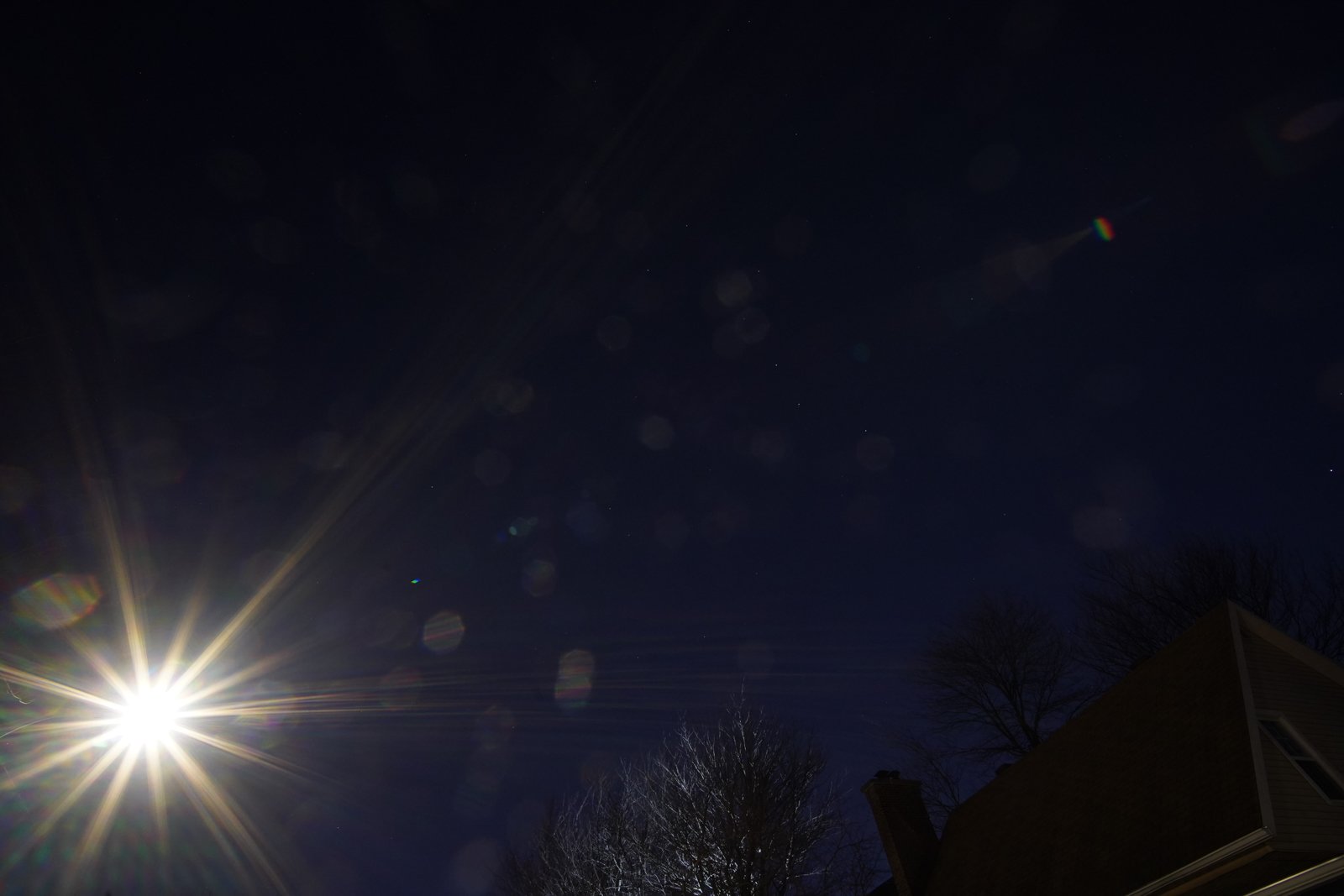 |
In the center, there are some small ghosts visible at smaller apertures, but really nothing worrisome. These results are excellent, especially for an ultra wide-angle lens.
With a bright light source in the corner, results are not as good, but still perfectly usable. At wider apertures, there are halos and ghosts appearing in the opposed corner, diminishing in importance as the aperture closes. They never completely go away but become harder to stop at F5.6 and beyond.
Note that some dust spots on the front of the lens show up at smaller apertures, these should not be confused with flare.
Chromatic aberration
Chromatic aberration (CA) occurs because different colours do not always have the same focal point. With modern lenses designs, which are better corrected than vintage designs, this is more likely to occur in out-of-focus areas. CA effects are more visible near fast transitions from bright to dark areas.
Most modern cameras have built-in tools to remove CA. Digital manipulations can have an impact on other aspects of an image, thus it is useful to know how a lens performs when those automatic corrections are disabled. In addition, purely manual lenses such as this one do not communicate with the camera, making automatic removal impossible.
Our test sets up the camera at 45° and focuses on the center of the frame, with targets at the center, top and bottom. Images are captured at varying apertures.
| Top | Center | Bottom | |
| F2 | 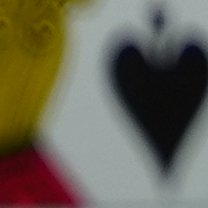 |  |  |
| F2.8 | 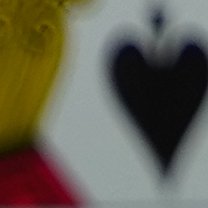 | 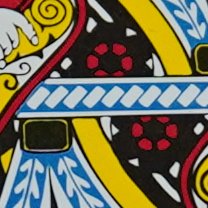 |  |
| F4 | 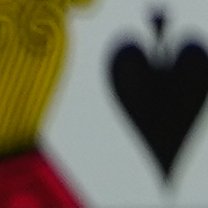 | 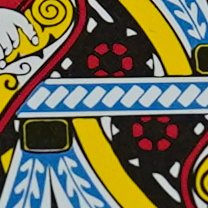 | 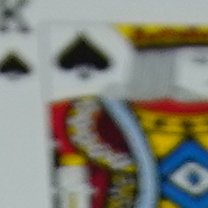 |
| F5.6 |  | 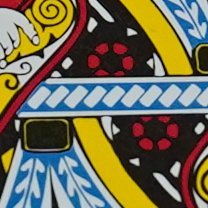 | 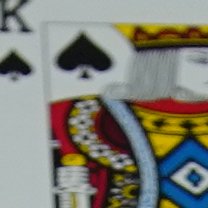 |
| F8 |  | 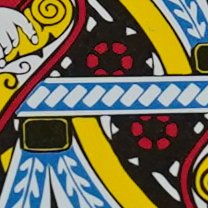 | 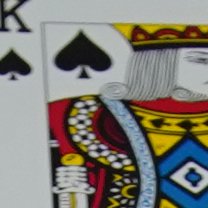 |
| F11 | 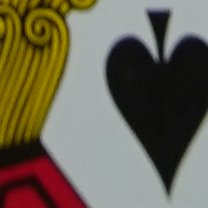 | 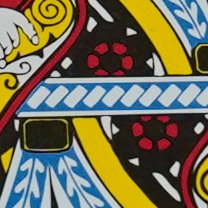 | 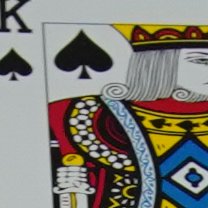 |
| F16 | 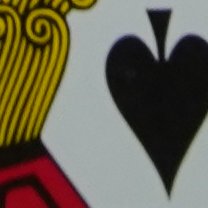 | 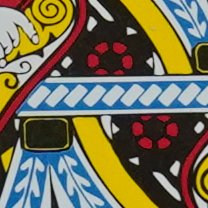 | 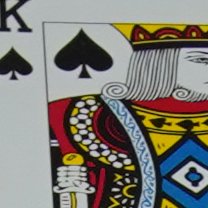 |
| F22 | 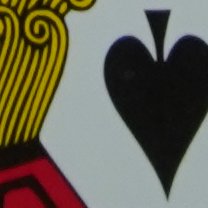 | 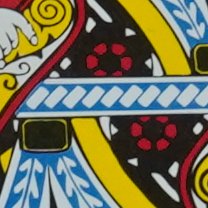 | 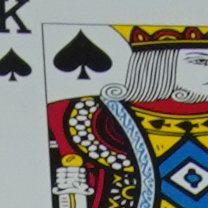 |
There is no visible CA in the center of the frame. The top section is almost as good. The bottom part shows a hint of chromatic aberration, in the shape of thin bands of blue and yellow. They are unnoticeable at wider apertures, because the out-of-focus blur hides them. They show at medium and small apertures but will be hard to spot in regular shooting situations.
These results are excellent. Wide angle lenses often struggle a bit more with CA; the 15mm does very well.
Purple fringing
There were few occurrences of purple fringing in our tests with the Laowa 15mm, as can be seen in the heavily cropped example below.

The effect is hard to spot in most cases, heavy crops are needed to spot it.
Distortion
Distortion refers to a lens’s ability to represent straight lines as straight lines… Wide angle lenses frequently generate barrel distortion, while longer focal lengths are more likely to cause pincushion distortion.
The Laowa 15mm is an ultra wide lens and, as such, some barrel distortion is to be expected. On the other hand, the company prides itself for its designs with low distortion, even applying to the lens the “Zero-D” moniker.
We use a standard test pattern of straight lines and test at 15mm.
| 15mm | 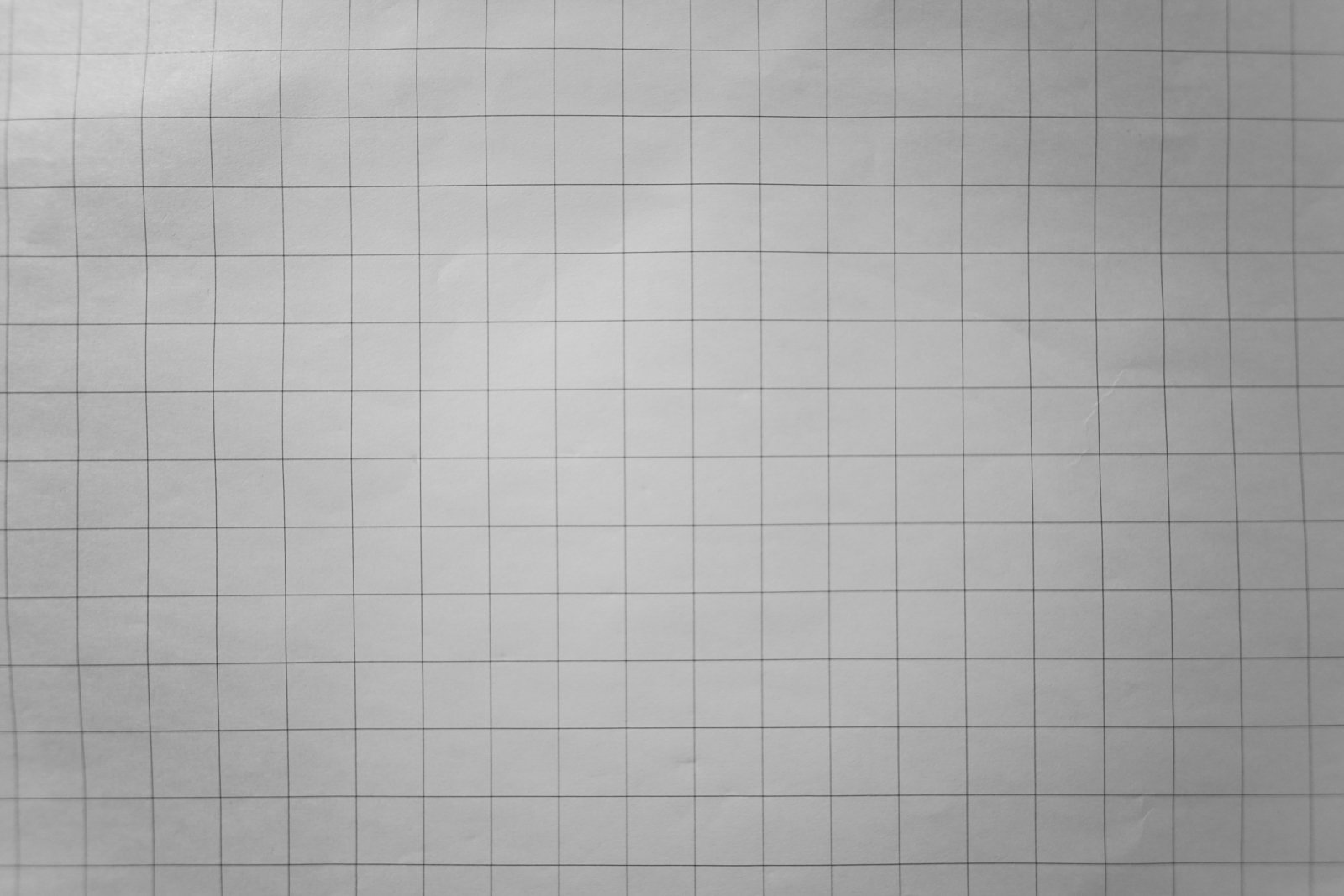 | 0.22% |
The Laowa 15mm shows almost no distortion. What little is there is barrel-shaped, and measures at 0.22%. Simply astounding; many lenses with less extreme focal lengths do much worse.
This is in line with general results with Laowa lenses. The company excels at delivering excellent dostortion control on their lenses. It is worthy of the Zero-D label.
Sample images
Here is a gallery of samples images captured with the Laowa 15mm. You can click on individual images for a larger view.

A7C, 15mm, 1/4000s, ISO 320 
A7C, 15mm, 1/160s, ISO 1020 
A7C, 15mm, 1/4000s, ISO 320 
A7C, 15mm, 1/500s, ISO 200 
A7C, 15mm, 1/2000s, ISO 320 
A7C, 15mm, 1/4000s, ISO 320 
A7C, 15mm, 1/1600s, ISO 800 
A7C, 15mm, 2.5s, ISO 800 
A7C, 15mm, 1/500s, ISO 800 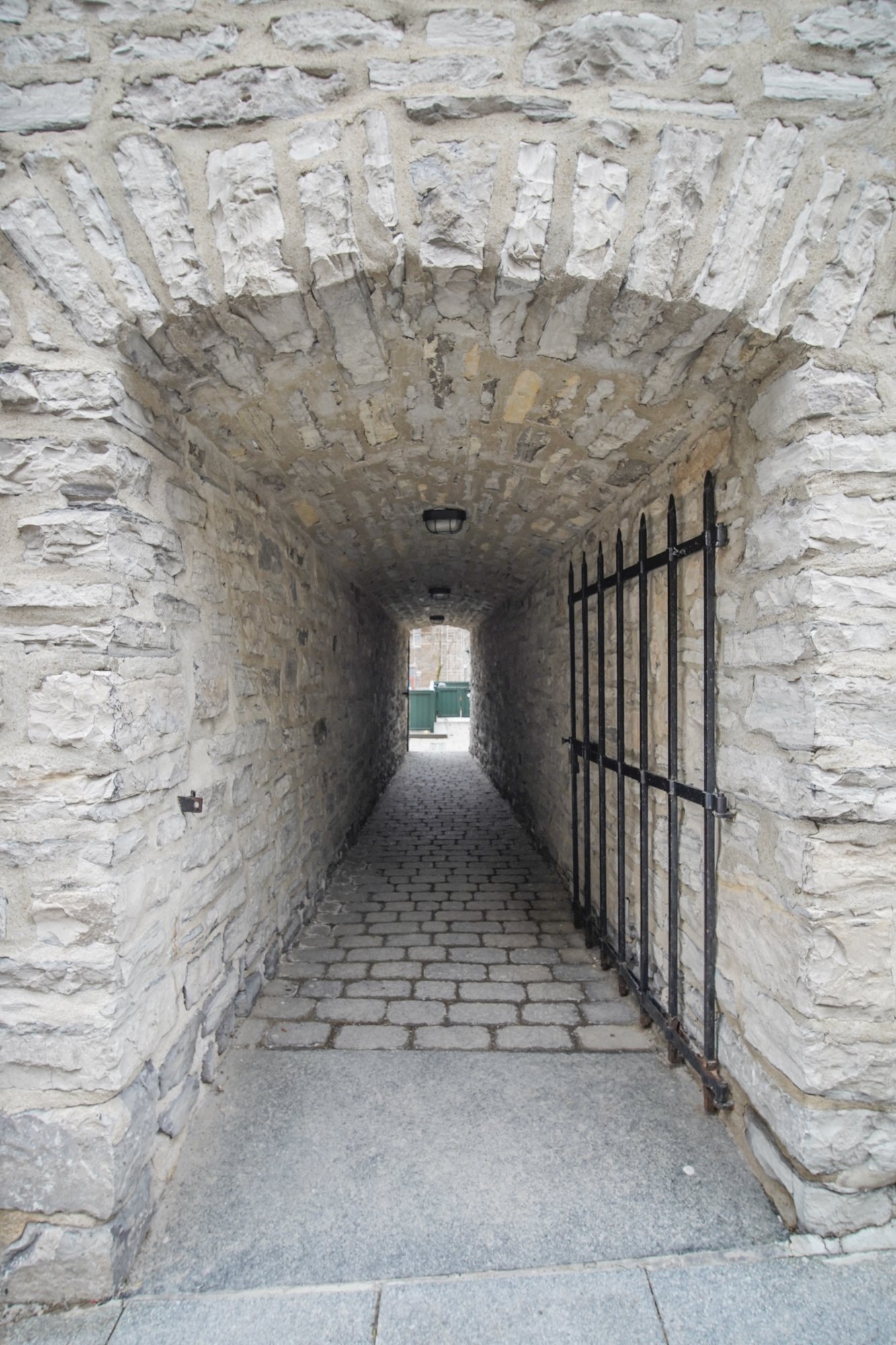
A7C, 15mm, 1/125s, ISO 800 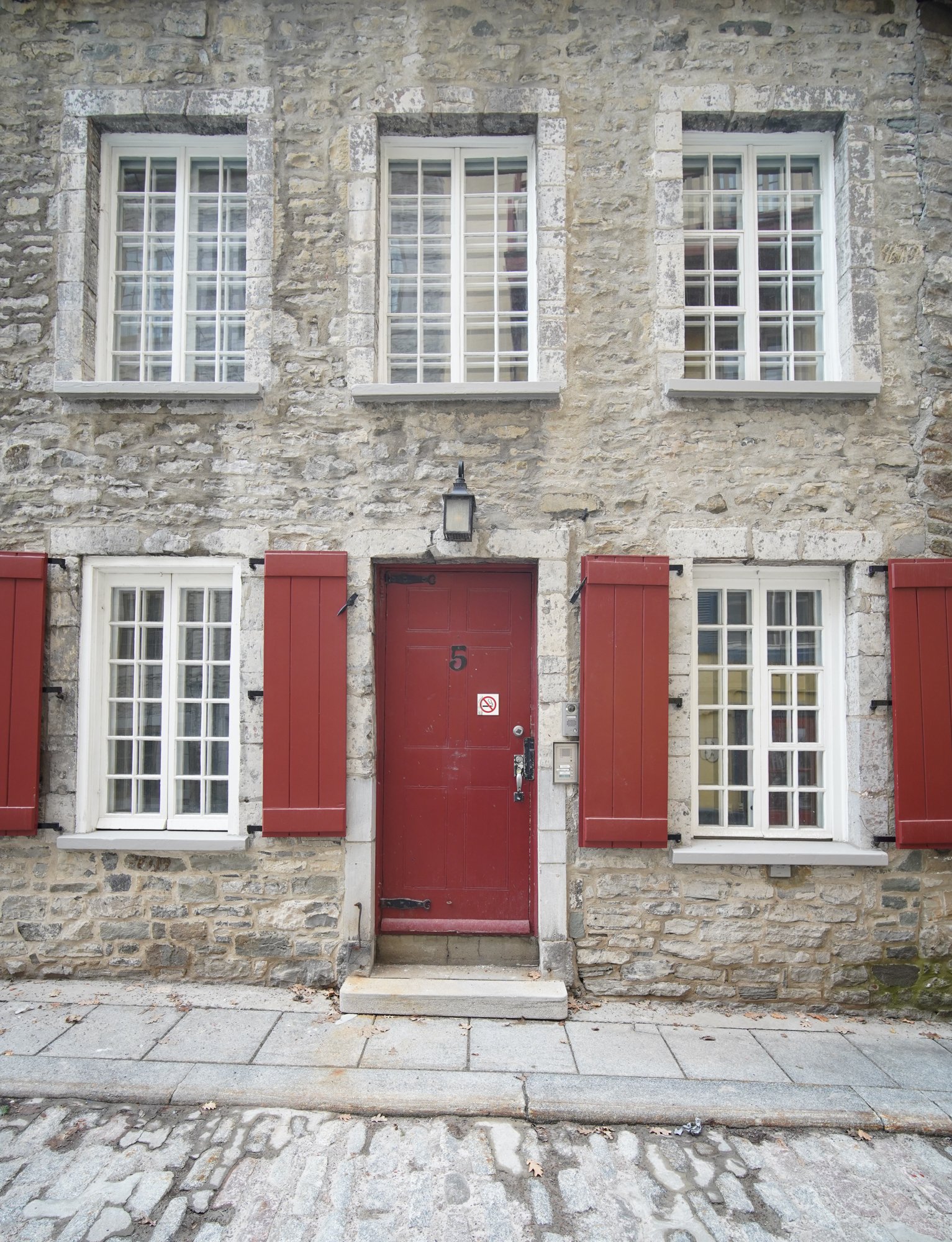
A7C, 15mm, 1/200s, ISO 800 
A7C, 15mm, 1/400s, ISO 800 
A7C, 15mm, 1/100s, ISO 200 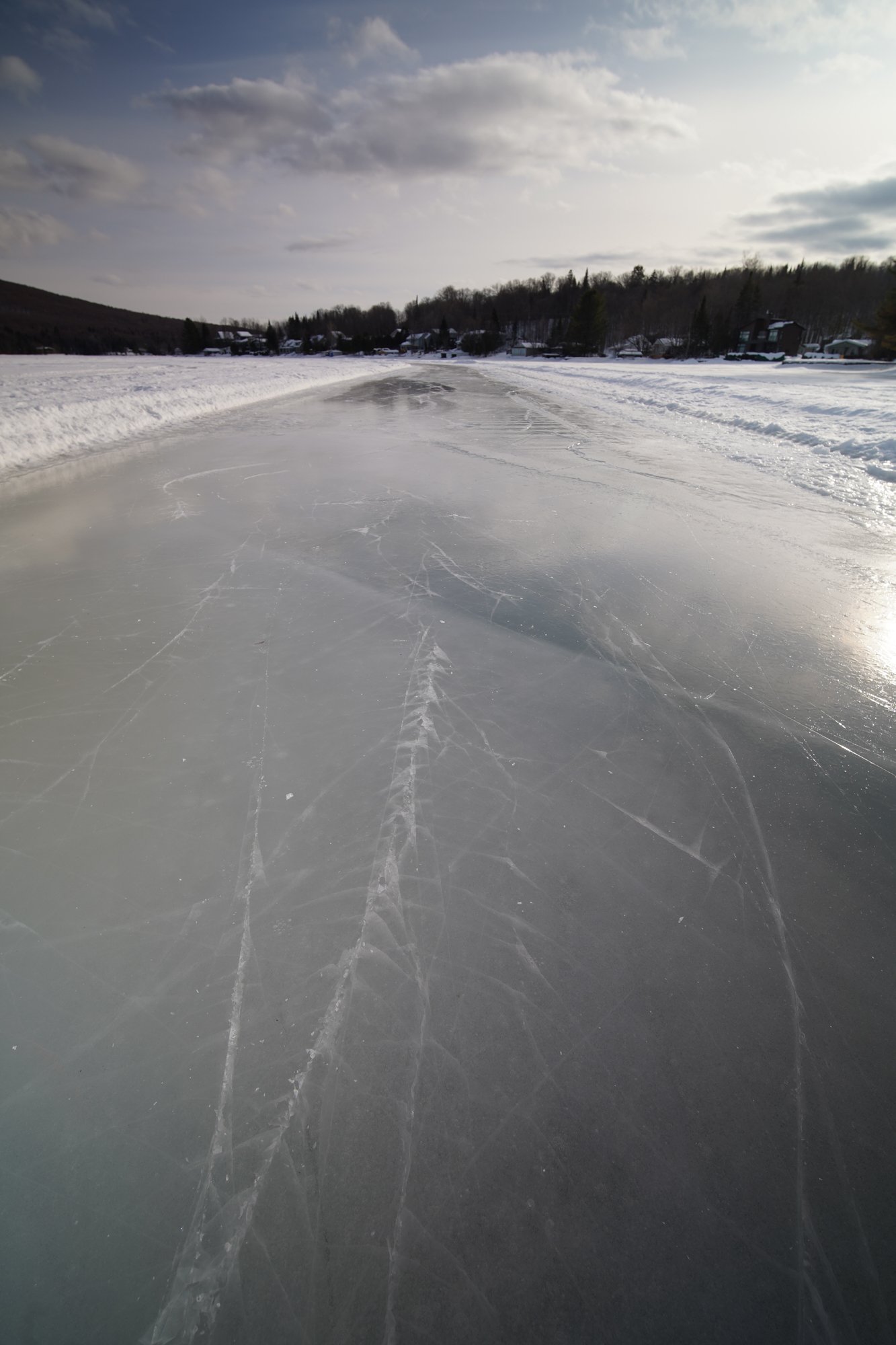
A7C, 15mm, 1/60s, ISO 100 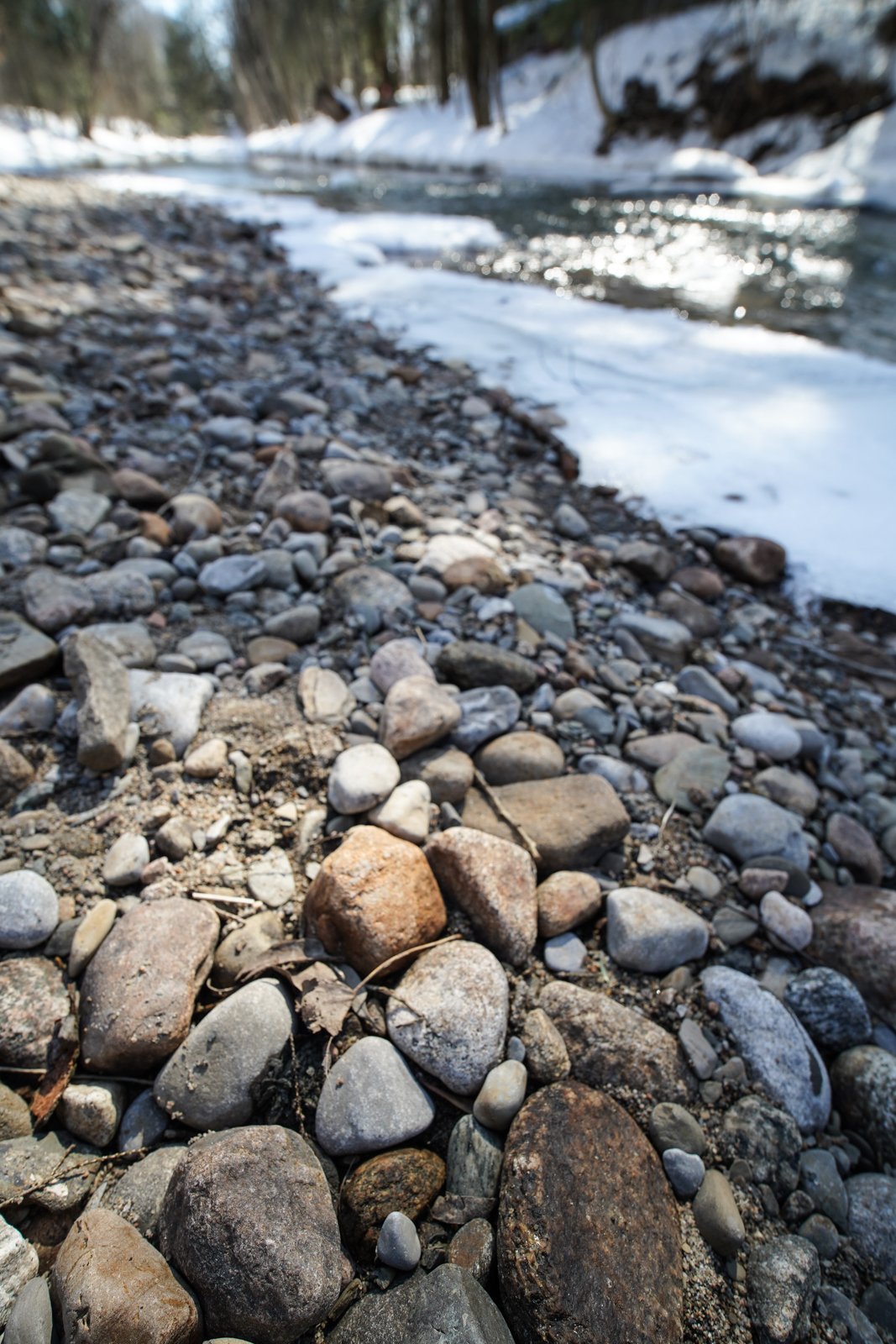
A7C, 15mm, 1/125s, ISO 200 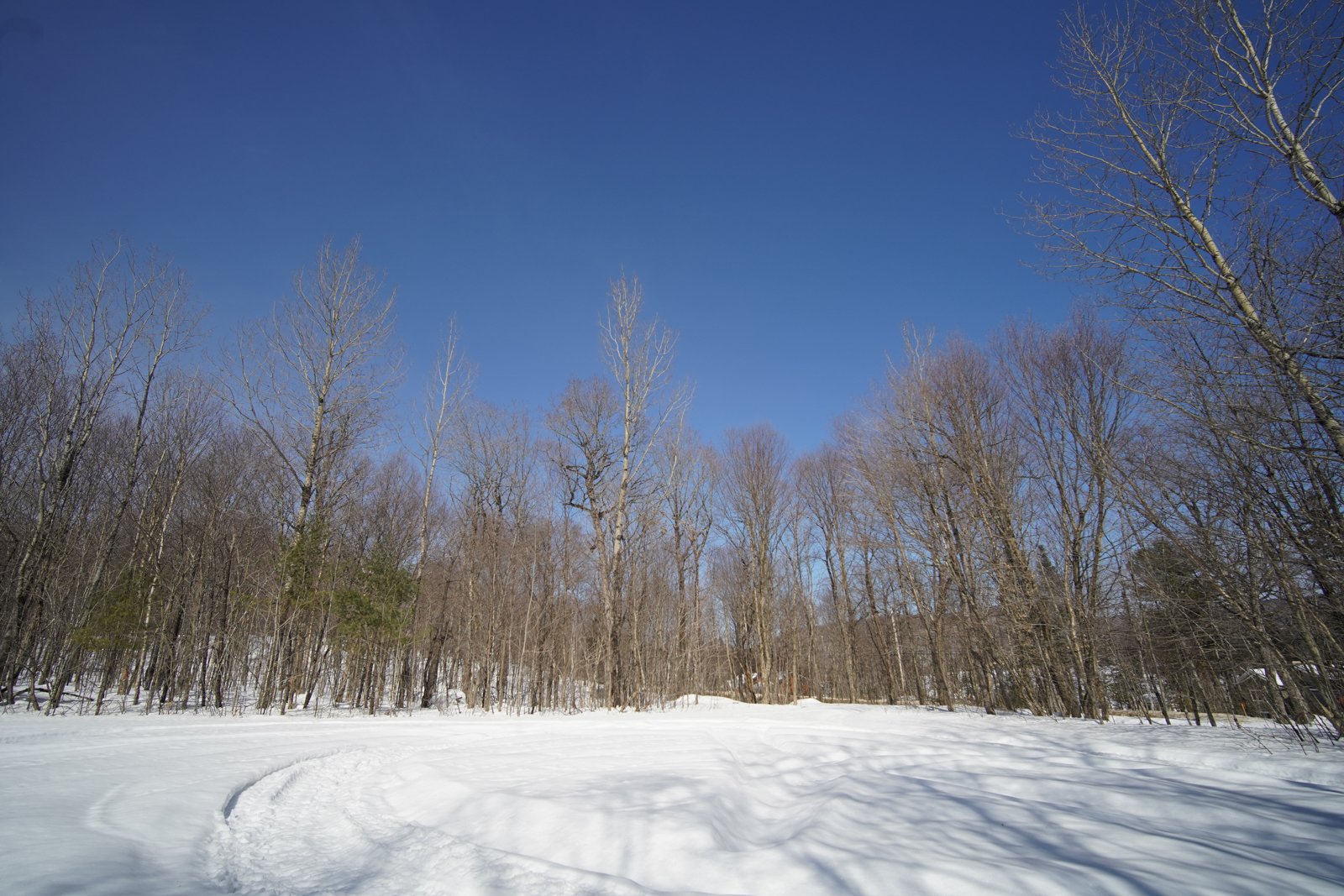
A7C, 15mm, 1/2000s, ISO 320 
A7C, 15mm, 1/1000s, ISO 800 
A7C, 15mm, 1/25s, ISO 50 
A7C, 15mm, 1/4000s, ISO 320 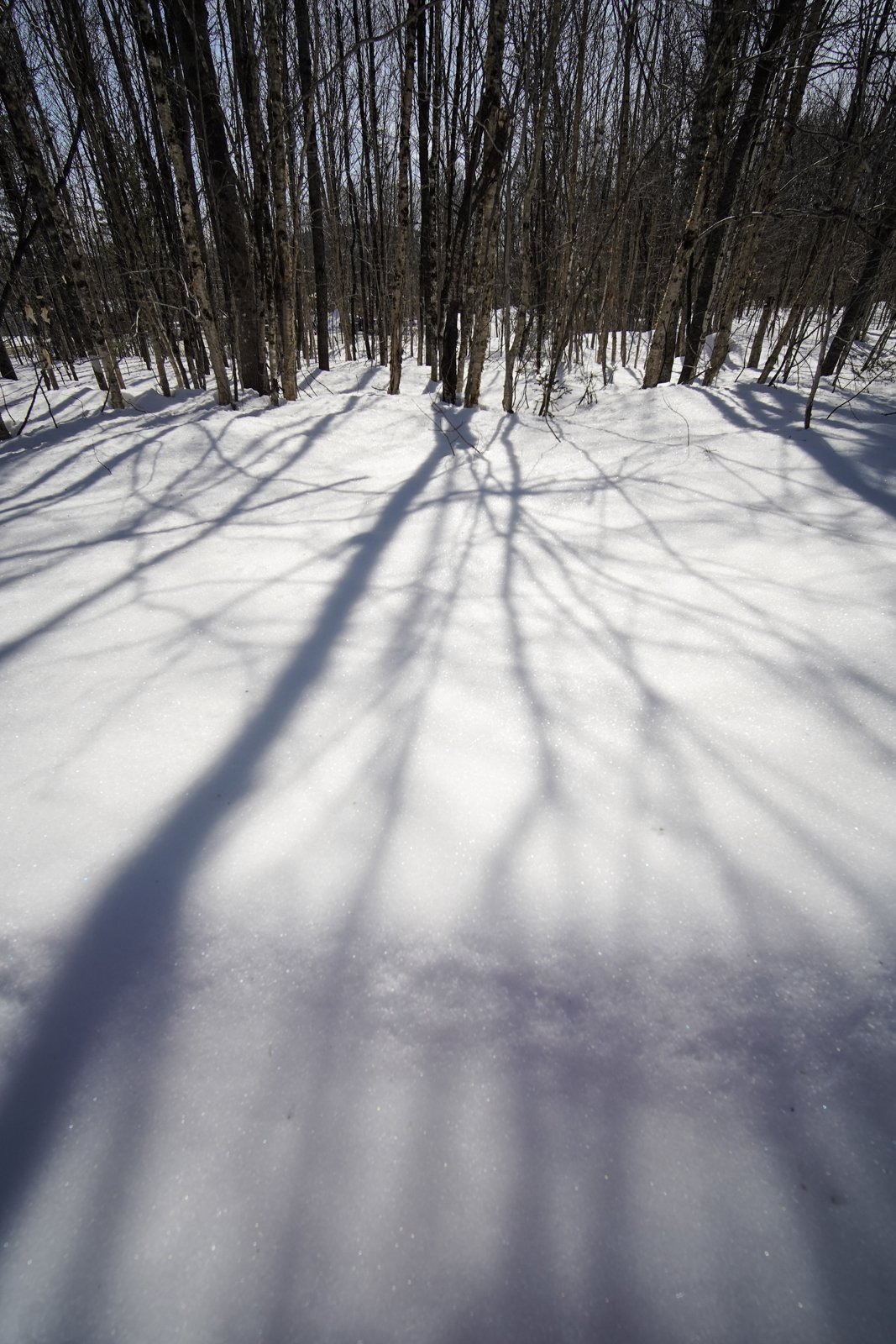
A7C, 15mm, 1/4000s, ISO 320 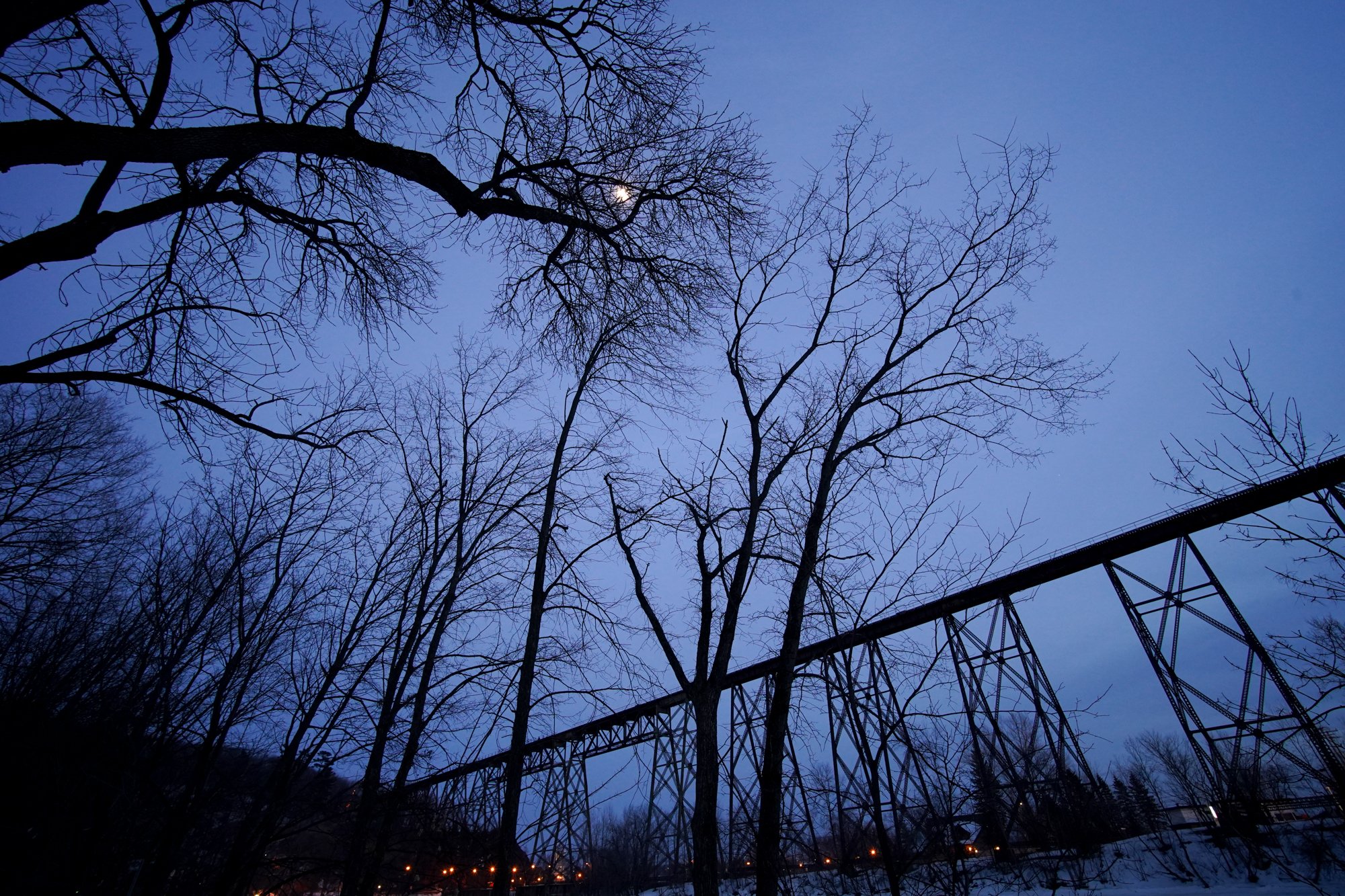
A7C, 15mm, 1/2s, ISO 2500 
A7C, 15mm, 1/640s, ISO 800 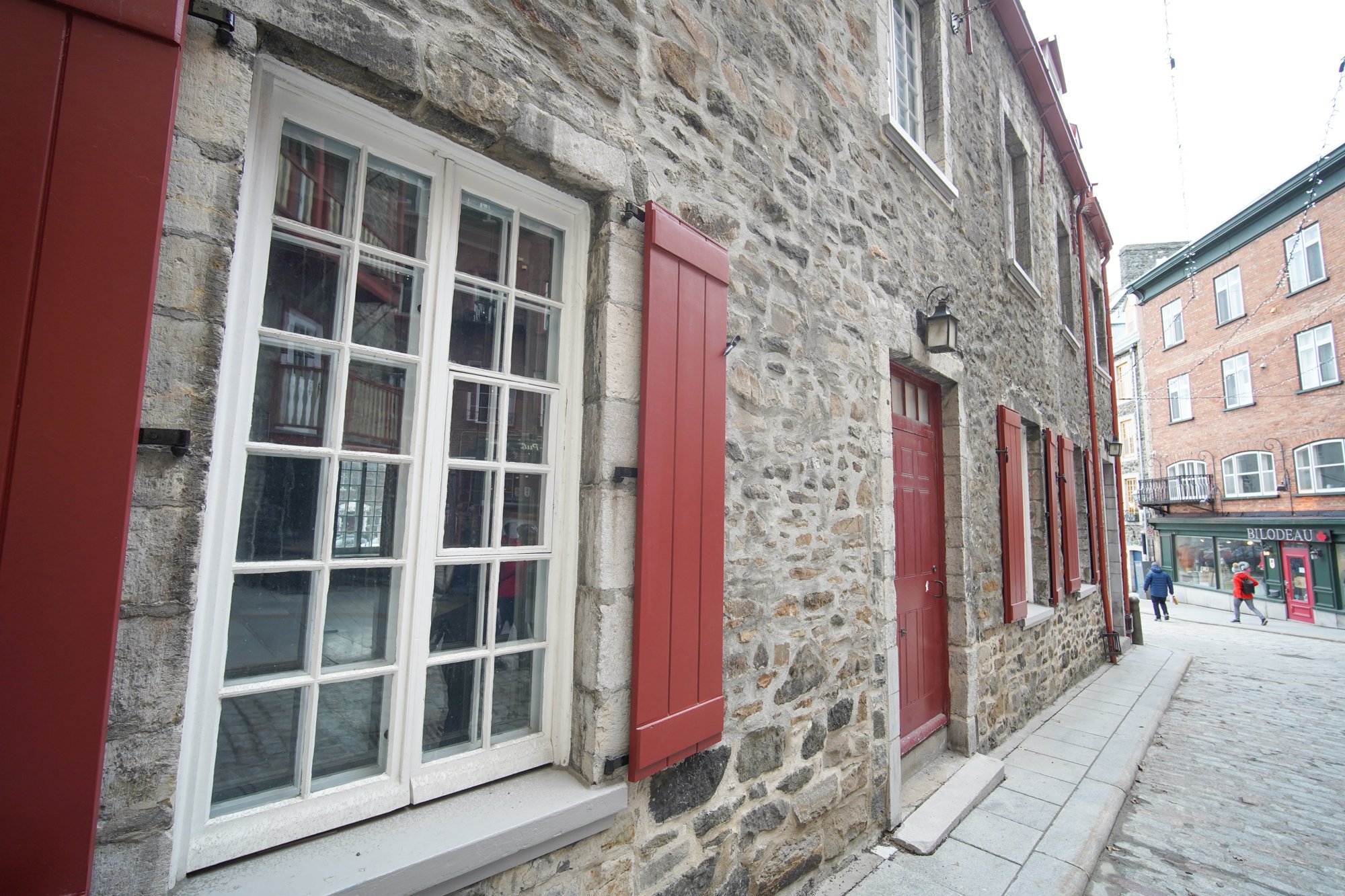
A7C, 15mm, 1/320s, ISO 800 
A7C, 15mm, 1/500s, ISO 200 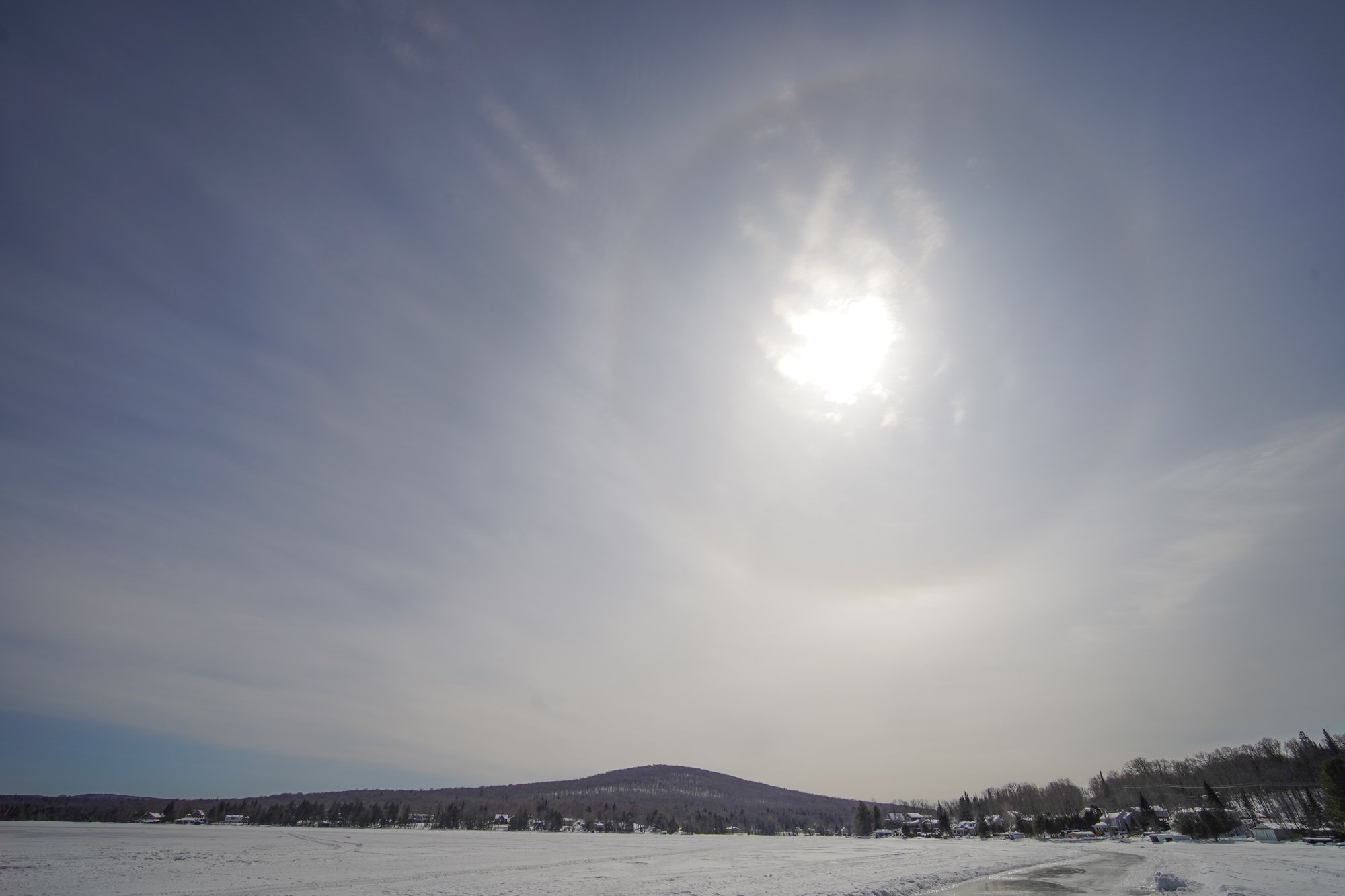
A7C, 15mm, 1/4000s, ISO 320 
A7C, 15mm, 1/4000s, ISO 320
Conclusion
It is rare that a lens truly surprises. It is the case with the Laowa 15mm F2 Zero-D.
At the time of writing, this lens is the fastest in its class, which is enough to set it apart. However, it is also an excellent lens optically, and it comes in an all-metal, well assembled body.
As with other Laowa lenses, the build quality is excellent. The lens is made entirely of metal, the engraving is elegant, the coloring matches the orange-red accents on Sony cameras, and the rings operate smoothly and accurately (the aperture ring is stiffer than we’d like, but still perfectly usable). The de-clicking option of the aperture ring is a nice bonus. The lens hood, despite being all metal and solidly made, is large and cannot be mounted with the lens cap in place.
Of course, the lens is fully manual, and some users will not appreciate this. Managing the aperture and exposure isn’t really a problem, as the lens essentially operates in A mode (the camera dynamically measures the required exposure, and the user adjusts aperture on the ring instead of on-camera). The two main drawbacks is that the lens lacks autofocus and that there is no lens information recorded in the EXIF (including aperture). Full automatic exposure also isn’t available. The lack of autofocus will be felt most direly, particularly since, on our test camera at least, focus peaking reports a deep range as being in-focus, which can be misleading and result in poorly focused images. This was less of a problem than during our test of Laowa’s 10-18mm, but still present.
Optical performances are excellent. In particular, sharpness is much better than expectations, with high resolution and impressive uniformity across the frame. Field curvature is present but well controlled.
Distortion is extremely well controlled. The lens bears the “Zero-D” label and certainly earns it. It is almost completely devoid of distortion.
Chromatic aberration is almost absent, and will not be a bother in regular shooting. Likewise, purple fringing is not completely absent, but hard to spot.
Bokeh is better than expected. In particular, transitions between in-focus and out-of-focus areas are gradual and smooth. This is positive, given the close focusing capabilities of this lens.
Flare and ghosting are mostly kept under control. The 15mm does much, much better than its 10-18mm sibling. There is evidence of ghosting, but it is limited and manageable.
Starbursts are decent but not as nice as they could have been. The designers chose to prioritize smoother bokeh over pleasing starbursts, a debatable choice given the intended use cases.
Vignetting is the only real weak point. Easy to correct in post-processing, it is still strong and will manifest at all apertures. The mechanical nature of the lens means the camera cannot compensate for it.
In summary, the Laowa 15mm F2 FE Zero-D is a high-quality lens, both mechanically and optically. It has one true weakness, but more importantly a long list of qualities. The list of its perks is long enough to make it a standout lens, worthy of considerations. Had it featured autofocus, it would have been easy to recommend it to anyone.
Pros
- Unique coupling of focal length and aperture
- Compact size
- Good handling with easy to operate controls
- Solid, well-assembled and beautiful metal body
- Excellent sharpness across the frame, very good uniformity
- Class-leading distortion control
- Low CA and PF
- Pleasing bokeh, especially for this focal length
- De-clicking option for the aperture ring
- Accepts regular screw-on filters (uncommon for ultra-wide lenses)
Cons
- Strong vignetting
- CA has unusual colour edges
- Hood is large and cannot be attached with the lens cap on
Check Price & Buyer Reviews for Laowa 15mm F2 Zero-D Lens
At: Venus Lens | Amazon | B&H Photo
Before You Go
Do you already own this lens? Are you curious about it? If you do, we’d love to hear your thoughts in the comments below.


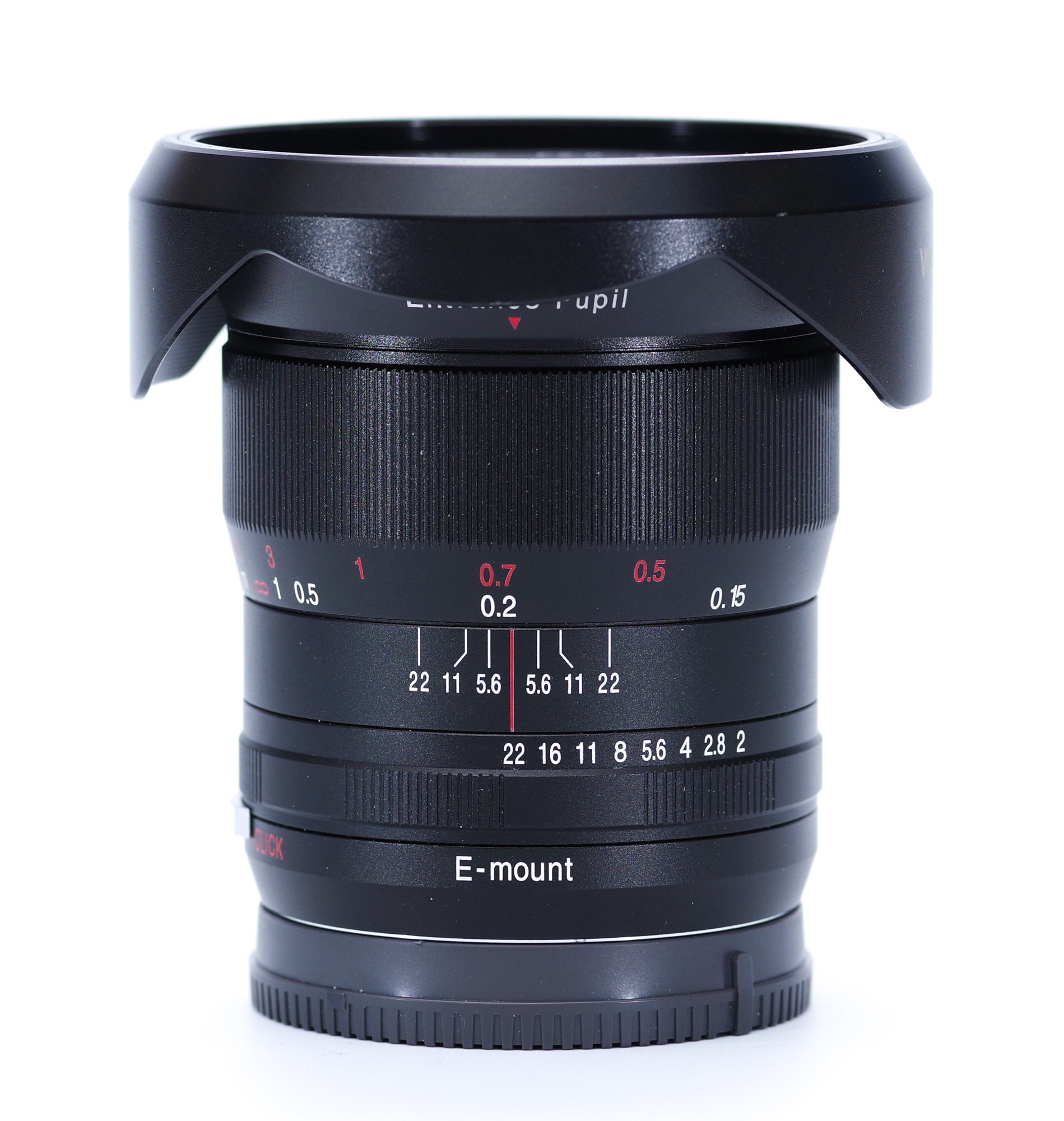

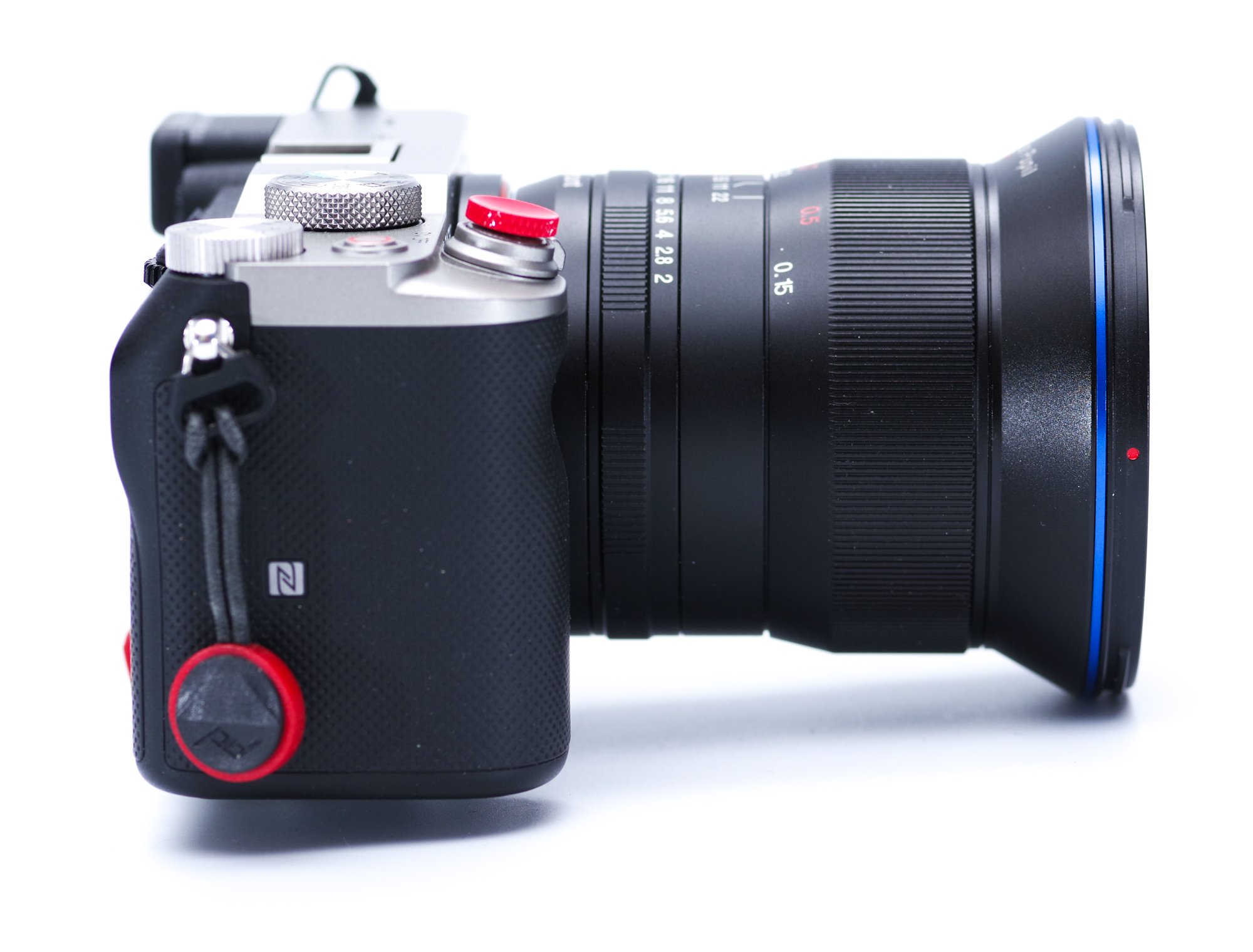
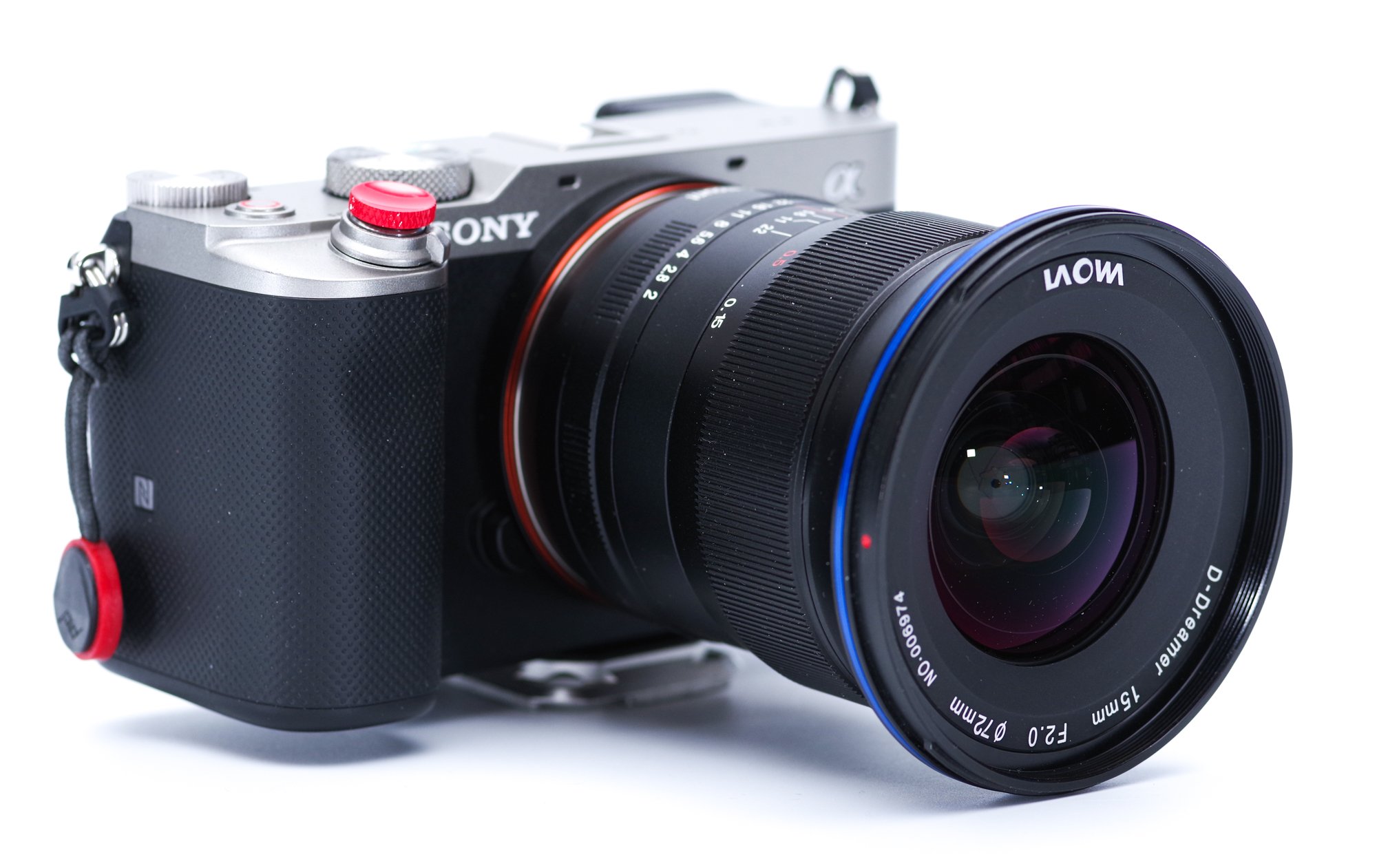

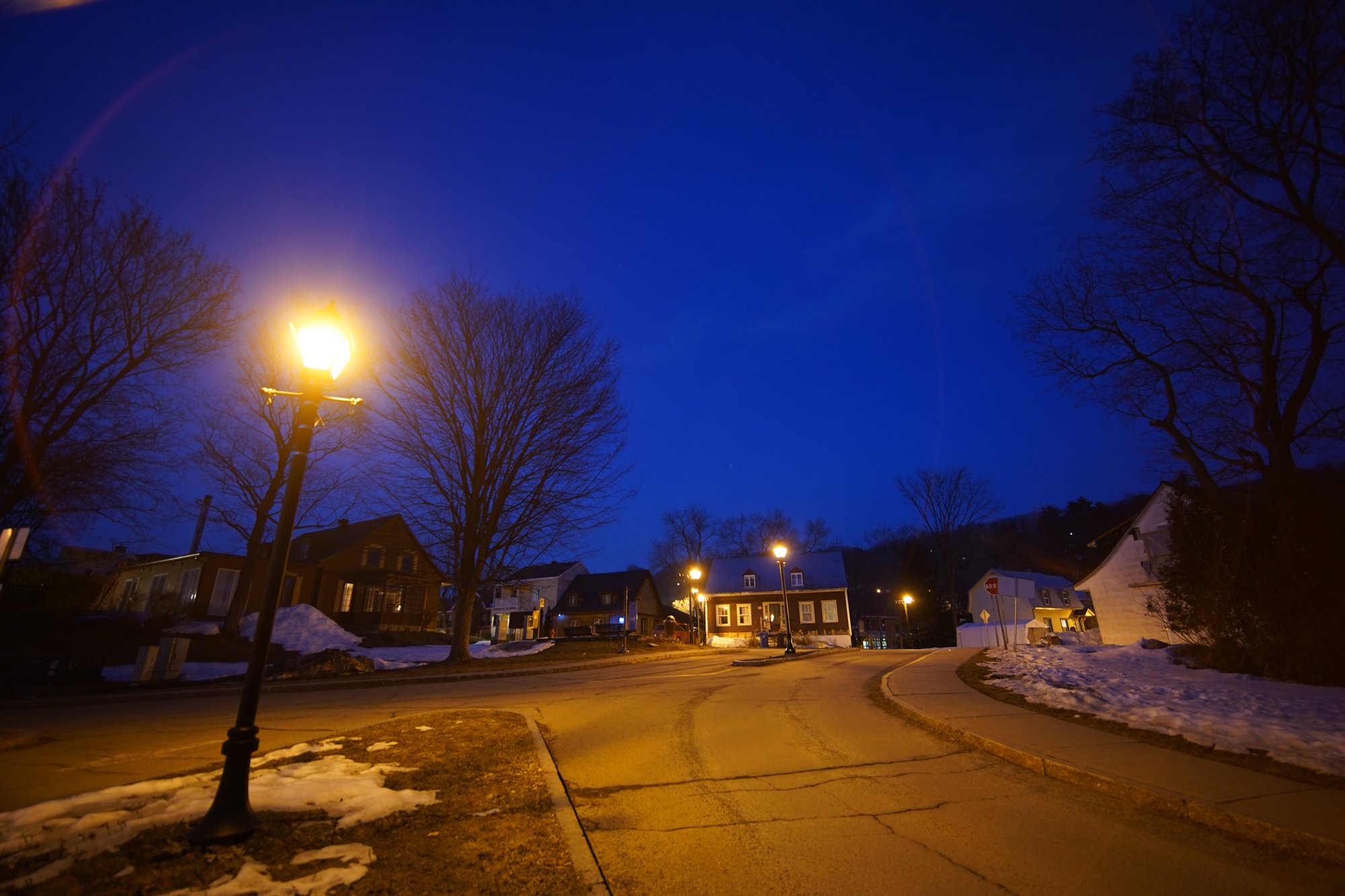
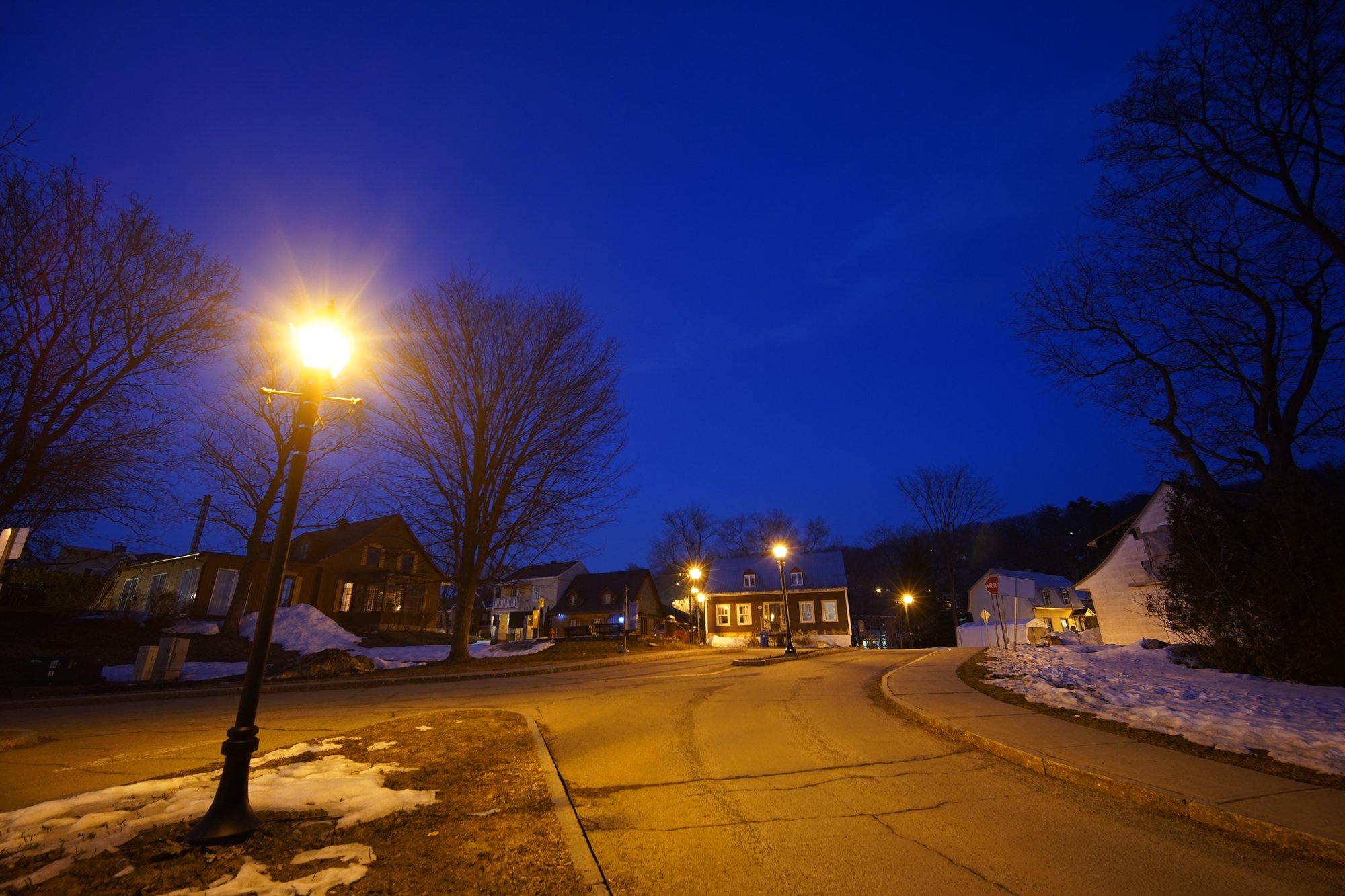


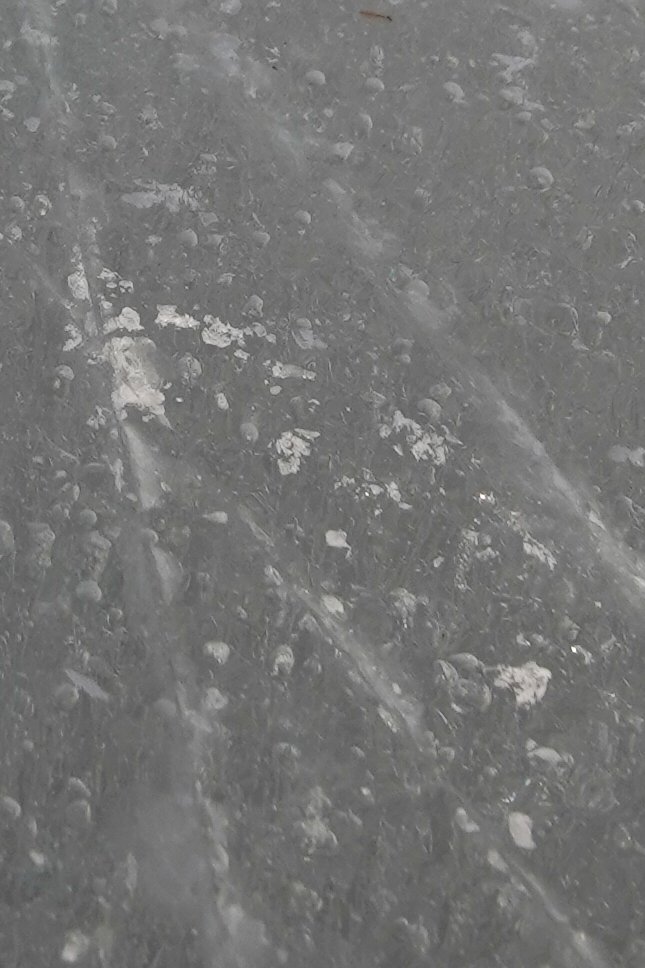



Dear Bernard, many thanks for your review of the Laowa 15mm lens. I bought one last week and have been excitedly trying to use it on my Minolta ALPHA 9 but I cannot get the shutter to fire. I also put the lens on my SONY ALPHA 100 — but haver the same issue there and keep getting a message saying ” no lens connected to camera.”
I’ve written to the people I purchased the lens from but I’d be very very grateful for any advice/help you might be kind enough to suggest please. sorry to bother you but hoping you have time to reply
many thanks and kind regards
leigh hobba
http://www.surveyorshill.com.au
Hello Leigh!
I’m not familiar with the exact menu of your cameras, however there must be a setting somewhere to allow the camera to fire even if no lens is attached. Any purely manual lens will put you in the same situation, that’s something you need to allow once and then you should be ok.
If it’s not working on two different cameras there might be an issue with the lens, what do the pins look like? Otherwise like Bernard suggested, you could try the setting to fire the shutter without lens attached. For the Sony A9 you’ll find that settings here: MENU → (Camera Settings2) → [Release w/o Lens] → desired setting.